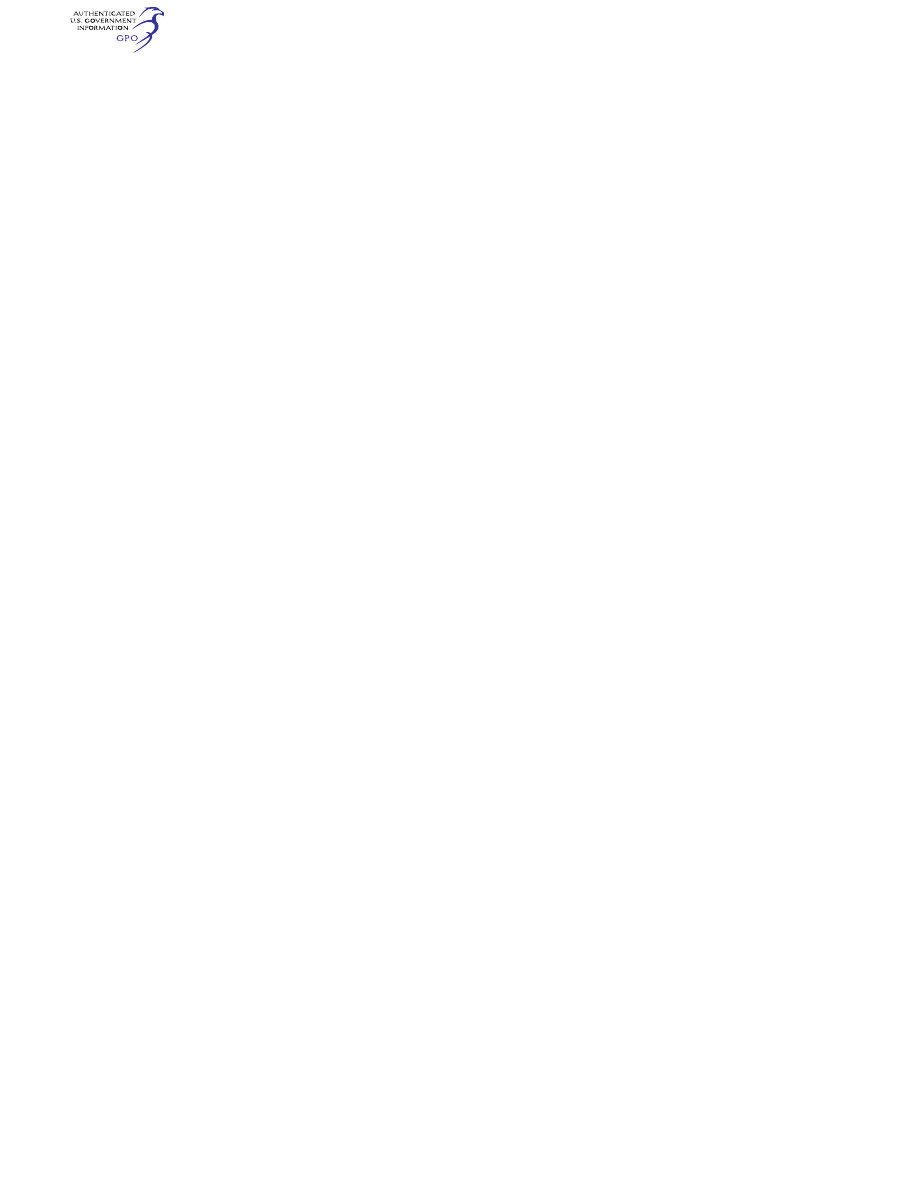
900
14 CFR Ch. I (1–1–24 Edition)
§ 105.49
the main parachute unless an assist de-
vice, described and attached as follows,
is used to aid the pilot chute in per-
forming its function, or, if no pilot
chute is used, to aid in the direct de-
ployment of the main parachute can-
opy. The assist device must—
(1) Be long enough to allow the main
parachute container to open before a
load is placed on the device.
(2) Have a static load strength of—
(i) At least 28 pounds but not more
than 160 pounds if it is used to aid the
pilot chute in performing its function;
or
(ii) At least 56 pounds but not more
than 320 pounds if it is used to aid in
the direct deployment of the main
parachute canopy; and
(3) Be attached as follows:
(i) At one end, to the static line
above the static-line pins or, if static-
line pins are not used, above the static-
line ties to the parachute cone.
(ii) At the other end, to the pilot
chute apex, bridle cord, or bridle loop,
or, if no pilot chute is used, to the
main parachute canopy.
(b) No person may attach an assist
device required by paragraph (a) of this
section to any main parachute unless
that person is a certificated parachute
rigger or that person makes the next
parachute jump with that parachute.
(c) An assist device is not required
for parachute operations using direct-
deployed, ram-air parachutes.
§ 105.49
Foreign parachutists and
equipment.
(a) No person may conduct a para-
chute operation, and no pilot in com-
mand of an aircraft may allow a para-
chute operation to be conducted from
that aircraft with an unapproved for-
eign parachute system unless—
(1) The parachute system is worn by
a foreign parachutist who is the owner
of that system.
(2) The parachute system is of a sin-
gle-harness dual parachute type.
(3) The parachute system meets the
civil aviation authority requirements
of the foreign parachutist’s country.
(4) All foreign non-approved para-
chutes deployed by a foreign para-
chutist during a parachute operation
conducted under this section shall be
packed as follows—
(i) The main parachute must be
packed by the foreign parachutist mak-
ing the next parachute jump with that
parachute, a certificated parachute rig-
ger, or any other person acceptable to
the Administrator.
(ii) The reserve parachute must be
packed in accordance with the foreign
parachutist’s civil aviation authority
requirements, by a certificated para-
chute rigger, or any other person ac-
ceptable to the Administrator.
PART 106
[
RESERVED
]
PART 107—SMALL UNMANNED
AIRCRAFT SYSTEMS
Subpart A—General
Sec.
107.1
Applicability.
107.2
Applicability of certification proce-
dures for products and articles.
107.3
Definitions.
107.5
Falsification, reproduction, or alter-
ation.
107.7
Inspection, testing, and demonstration
of compliance.
107.9
Safety event reporting.
Subpart B—Operating Rules
107.11
Applicability.
107.12
Requirement for a remote pilot cer-
tificate with a small UAS rating.
107.13
Registration.
107.15
Condition for safe operation.
107.17
Medical condition.
107.19
Remote pilot in command.
107.21
In-flight emergency.
107.23
Hazardous operation.
107.25
Operation from a moving vehicle or
aircraft.
107.27
Alcohol or drugs.
107.29
Operation at night.
107.31
Visual line of sight aircraft oper-
ation.
107.33
Visual observer.
107.35
Operation of multiple small un-
manned aircraft.
107.36
Carriage of hazardous material.
107.37
Operation near aircraft; right-of-way
rules.
107.39
Operation over human beings.
107.41
Operation in certain airspace.
107.43
Operation in the vicinity of airports.
107.45
Operation in prohibited or restricted
areas.
107.47
Flight restrictions in the proximity
of certain areas designated by notice to
airmen.
107.49
Preflight familiarization, inspection,
and actions for aircraft operation.
VerDate Sep<11>2014
14:00 Mar 14, 2024
Jkt 262047
PO 00000
Frm 00910
Fmt 8010
Sfmt 8010
Q:\14\14V2.TXT
PC31
aworley on LAPBH6H6L3 with DISTILLER
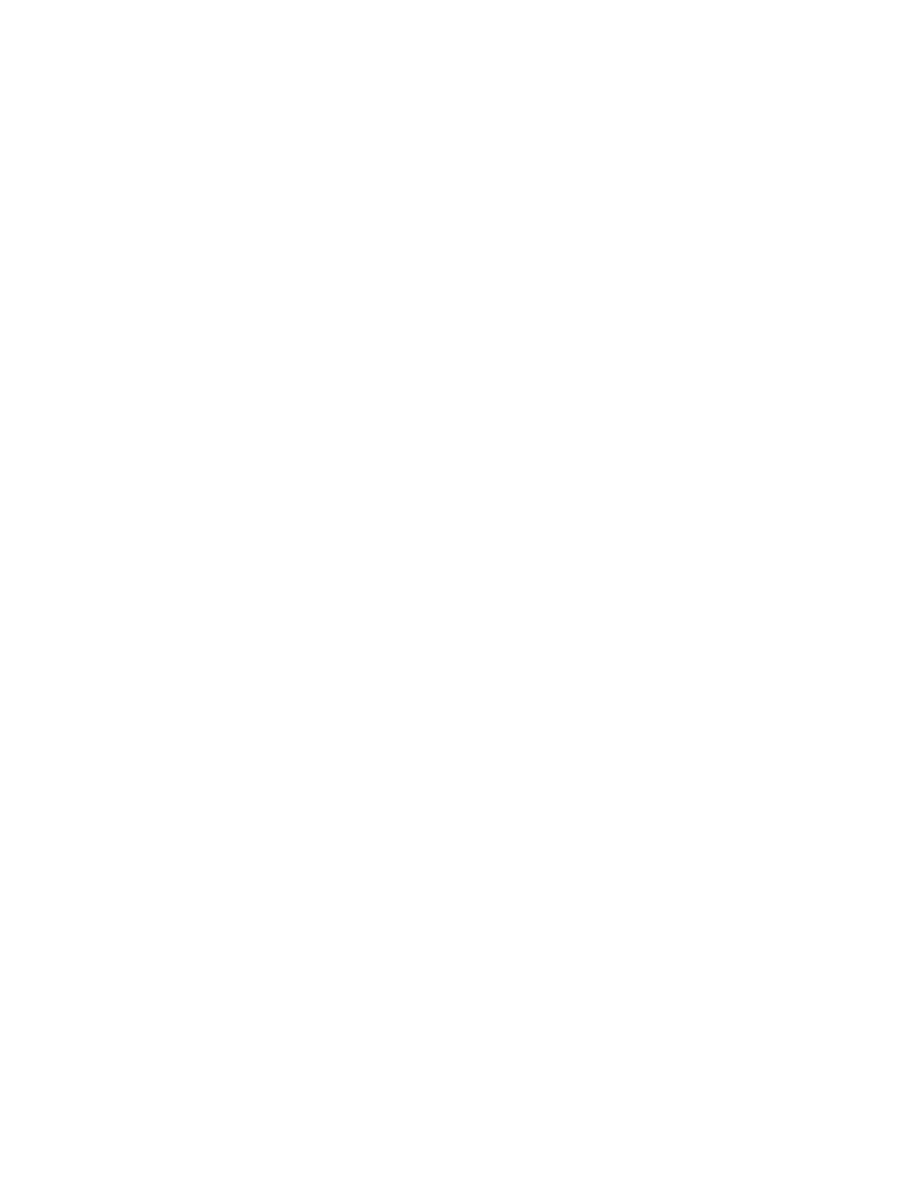
901
Federal Aviation Administration, DOT
§ 107.3
107.51
Operating limitations for small un-
manned aircraft.
Subpart C—Remote Pilot Certification
107.52
ATC transponder equipment prohibi-
tion.
107.53
Automatic Dependent Surveillance-
Broadcast (ADS–B) Out prohibition.
107.56
Applicability.
107.57
Offenses involving alcohol or drugs.
107.59
Refusal to submit to an alcohol test
or to furnish test results.
107.61
Eligibility.
107.63
Issuance of a remote pilot certificate
with a small UAS rating.
107.64
Temporary certificate.
107.65
Aeronautical knowledge recency.
107.67
Knowledge tests: General procedures
and passing grades.
107.69
Knowledge tests: Cheating or other
unauthorized conduct.
107.71
Retesting after failure.
107.73
Knowledge and training.
107.74
Small unmanned aircraft system
training.
107.77
Change of name or address.
107.79
Voluntary surrender of certificate.
Subpart D—Operations Over Human
Beings
107.100
Applicability.
107.105
Limitations on operations over
human beings.
107.110
Category 1 operations.
107.115
Category 2 operations: Operating re-
quirements.
107.120
Category 2 operations: Eligibility of
small unmanned aircraft and other appli-
cant requirements.
107.125
Category 3 operations: Operating re-
quirements.
107.130
Category 3 operations: Eligibility of
small unmanned aircraft and other appli-
cant requirements.
107.135
Labeling by remote pilot in com-
mand for Category 2 and 3 operations.
107.140
Category 4 operations.
107.145
Operations over moving vehicles.
107.150
Variable mode and variable configu-
ration of small unmanned aircraft.
107.155
Means of compliance.
107.160
Declaration of compliance.
107.165
Record retention.
Subpart E—Waivers
107.200
Waiver policy and requirements.
107.205
List of regulations subject to waiver.
A
UTHORITY
: 49 U.S.C. 106(f), 40101 note,
40103(b), 44701(a)(5), 46105(c), 46110, 44807.
S
OURCE
: Docket FAA–2015–0150, Amdt. 107–
1, 81 FR 42209, June 28, 2016, unless otherwise
noted.
Subpart A—General
§ 107.1
Applicability.
(a) Except as provided in paragraph
(b) of this section, this part applies to
the registration, airman certification,
and operation of civil small unmanned
aircraft systems within the United
States. This part also applies to the
eligibility of civil small unmanned air-
craft systems to operate over human
beings in the United States.
(b) This part does not apply to the
following:
(1) Air carrier operations;
(2) Any aircraft subject to the provi-
sions of 49 U.S.C. 44809;
(3) Any operation that the holder of
an exemption under section 333 of Pub-
lic Law 112–95 or 49 U.S.C. 44807 elects
to conduct pursuant to the exemption,
unless otherwise specified in the ex-
emption; or
(4) Any operation that a person elects
to conduct under part 91 of this chapter
with a small unmanned aircraft system
that has been issued an airworthiness
certificate.
[Amdt. No. 107–8, 86 FR 4381, Jan. 15, 2021]
§ 107.2
Applicability of certification
procedures for products and arti-
cles.
The provisions of part 21 of this chap-
ter do not apply to small unmanned
aircraft systems operated under this
part unless the small unmanned air-
craft system will operate over human
beings in accordance with § 107.140.
[Amdt. No. 107–8, 86 FR 4381, Jan. 15, 2021]
§ 107.3
Definitions.
The following definitions apply to
this part. If there is a conflict between
the definitions of this part and defini-
tions specified in § 1.1 of this chapter,
the definitions in this part control for
purposes of this part:
Control station means an interface
used by the remote pilot to control the
flight path of the small unmanned air-
craft.
Corrective lenses means spectacles or
contact lenses.
Declaration of compliance means a
record submitted to the FAA that cer-
tifies the small unmanned aircraft con-
forms to the Category 2 or Category 3
VerDate Sep<11>2014
14:00 Mar 14, 2024
Jkt 262047
PO 00000
Frm 00911
Fmt 8010
Sfmt 8010
Q:\14\14V2.TXT
PC31
aworley on LAPBH6H6L3 with DISTILLER
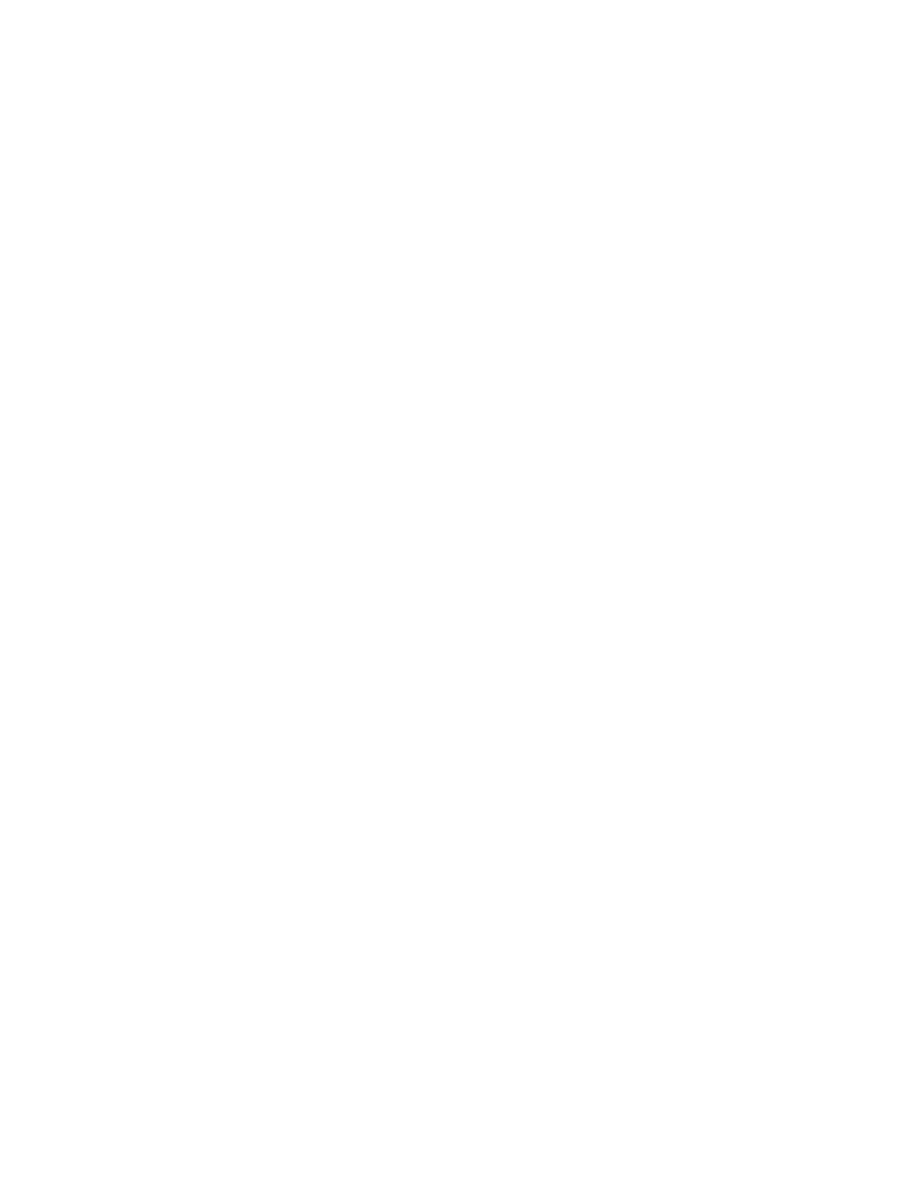
902
14 CFR Ch. I (1–1–24 Edition)
§ 107.5
requirements under subpart D of this
part.
Small unmanned aircraft means an un-
manned aircraft weighing less than 55
pounds on takeoff, including every-
thing that is on board or otherwise at-
tached to the aircraft.
Small unmanned aircraft system (small
UAS) means a small unmanned aircraft
and its associated elements (including
communication links and the compo-
nents that control the small unmanned
aircraft) that are required for the safe
and efficient operation of the small un-
manned aircraft in the national air-
space system.
Unmanned aircraft means an aircraft
operated without the possibility of di-
rect human intervention from within
or on the aircraft.
Visual observer means a person who is
designated by the remote pilot in com-
mand to assist the remote pilot in com-
mand and the person manipulating the
flight controls of the small UAS to see
and avoid other air traffic or objects
aloft or on the ground.
[Docket FAA–2015–0150, Amdt. 107–1, 81 FR
42209, June 28, 2016, as amended by Amdt. No.
107–8, 86 FR 4381, Jan. 15, 2021]
§ 107.5
Falsification, reproduction, or
alteration.
(a) No person may make or cause to
be made—
(1) Any fraudulent or intentionally
false record or report that is required
to be made, kept, or used to show com-
pliance with any requirement under
this part.
(2) Any reproduction or alteration,
for fraudulent purpose, of any certifi-
cate, rating, authorization, record or
report under this part.
(b) The commission by any person of
an act prohibited under paragraph (a)
of this section is a basis for any of the
following:
(1) Denial of an application for a re-
mote pilot certificate or a certificate
of waiver;
(2) Denial of a declaration of compli-
ance;
(3) Suspension or revocation of any
certificate, waiver, or declaration of
compliance issued or accepted by the
Administrator under this part and held
by that person; or
(4) A civil penalty.
[Docket FAA–2015–0150, Amdt. 107–1, 81 FR
42209, June 28, 2016, as amended by Amdt. No.
107–8, 86 FR 4381, Jan. 15, 2021]
§ 107.7
Inspection, testing, and dem-
onstration of compliance.
(a) A remote pilot in command,
owner, or person manipulating the
flight controls of a small unmanned
aircraft system must—
(1) Have in that person’s physical
possession and readily accessible the
remote pilot certificate with a small
UAS rating and identification when ex-
ercising the privileges of that remote
pilot certificate.
(2) Present his or her remote pilot
certificate with a small UAS rating
and identification that contains the in-
formation listed at § 107.67(b)(1)
through (3) for inspection upon a re-
quest from—
(i) The Administrator;
(ii) An authorized representative of
the National Transportation Safety
Board;
(iii) Any Federal, State, or local law
enforcement officer; or
(iv) An authorized representative of
the Transportation Security Adminis-
tration.
(3) Make available, upon request, to
the Administrator any document,
record, or report required to be kept
under the regulations of this chapter.
(b) The remote pilot in command,
visual observer, owner, operator, or
person manipulating the flight controls
of a small unmanned aircraft system
must, upon request, allow the Adminis-
trator to make any test or inspection
of the small unmanned aircraft system,
the remote pilot in command, the per-
son manipulating the flight controls of
a small unmanned aircraft system,
and, if applicable, the visual observer
to determine compliance with this
part.
(c) Any person holding an FAA-ac-
cepted declaration of compliance under
subpart D of this part must, upon re-
quest, make available to the Adminis-
trator:
(1) The declaration of compliance re-
quired under subpart D of this part;
and
VerDate Sep<11>2014
14:00 Mar 14, 2024
Jkt 262047
PO 00000
Frm 00912
Fmt 8010
Sfmt 8010
Q:\14\14V2.TXT
PC31
aworley on LAPBH6H6L3 with DISTILLER
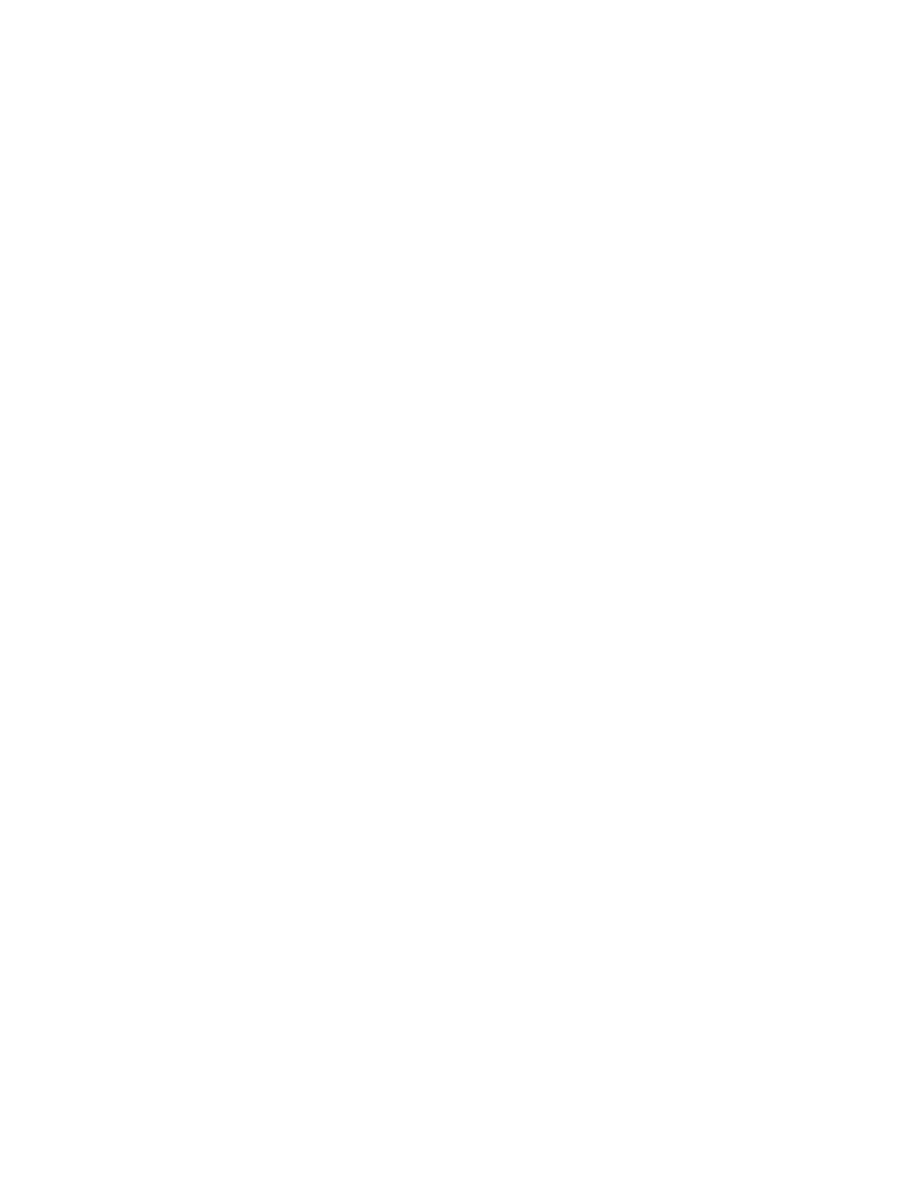
903
Federal Aviation Administration, DOT
§ 107.19
(2) Any other document, record, or
report required to be kept under the
regulations of this chapter.
(d) Any person holding an FAA-ac-
cepted declaration of compliance under
subpart D of this part must, upon re-
quest, allow the Administrator to in-
spect its facilities, technical data, and
any manufactured small UAS and wit-
ness any tests necessary to determine
compliance with that subpart.
[Amdt. No. 107–8, 86 FR 4381, Jan. 15, 2021]
§ 107.9
Safety event reporting.
No later than 10 calendar days after
an operation that meets the criteria of
either paragraph (a) or (b) of this sec-
tion, a remote pilot in command must
report to the FAA, in a manner accept-
able to the Administrator, any oper-
ation of the small unmanned aircraft
involving at least:
(a) Serious injury to any person or
any loss of consciousness; or
(b) Damage to any property, other
than the small unmanned aircraft, un-
less one of the following conditions is
satisfied:
(1) The cost of repair (including ma-
terials and labor) does not exceed $500;
or
(2) The fair market value of the prop-
erty does not exceed $500 in the event
of total loss.
[Docket FAA–2015–0150, Amdt. 107–1, 81 FR
42209, June 28, 2016, as amended by Docket
No. FAA–2022–1355; Amdt. No. 107–10; 87 FR
75846, Dec. 9 2022]
Subpart B—Operating Rules
§ 107.11
Applicability.
This subpart applies to the operation
of all civil small unmanned aircraft
systems subject to this part.
§ 107.12
Requirement for a remote
pilot certificate with a small UAS
rating.
(a) Except as provided in paragraph
(c) of this section, no person may ma-
nipulate the flight controls of a small
unmanned aircraft system unless:
(1) That person has a remote pilot
certificate with a small UAS rating
issued pursuant to subpart C of this
part and satisfies the requirements of
§ 107.65; or
(2) That person is under the direct su-
pervision of a remote pilot in command
and the remote pilot in command has
the ability to immediately take direct
control of the flight of the small un-
manned aircraft.
(b) Except as provided in paragraph
(c) of this section, no person may act
as a remote pilot in command unless
that person has a remote pilot certifi-
cate with a small UAS rating issued
pursuant to Subpart C of this part and
satisfies the requirements of § 107.65.
(c) The Administrator may, con-
sistent with international standards,
authorize an airman to operate a civil
foreign-registered small unmanned air-
craft without an FAA-issued remote
pilot certificate with a small UAS rat-
ing.
§ 107.13
Registration.
A person operating a civil small un-
manned aircraft system for purposes of
flight must comply with the provisions
of § 91.203(a)(2) of this chapter.
§ 107.15
Condition for safe operation.
(a) No person may operate a civil
small unmanned aircraft system unless
it is in a condition for safe operation.
Prior to each flight, the remote pilot in
command must check the small un-
manned aircraft system to determine
whether it is in a condition for safe op-
eration.
(b) No person may continue flight of
the small unmanned aircraft when he
or she knows or has reason to know
that the small unmanned aircraft sys-
tem is no longer in a condition for safe
operation.
§ 107.17
Medical condition.
No person may manipulate the flight
controls of a small unmanned aircraft
system or act as a remote pilot in com-
mand, visual observer, or direct partic-
ipant in the operation of the small un-
manned aircraft if he or she knows or
has reason to know that he or she has
a physical or mental condition that
would interfere with the safe operation
of the small unmanned aircraft system.
§ 107.19
Remote pilot in command.
(a) A remote pilot in command must
be designated before or during the
flight of the small unmanned aircraft.
VerDate Sep<11>2014
14:00 Mar 14, 2024
Jkt 262047
PO 00000
Frm 00913
Fmt 8010
Sfmt 8010
Q:\14\14V2.TXT
PC31
aworley on LAPBH6H6L3 with DISTILLER
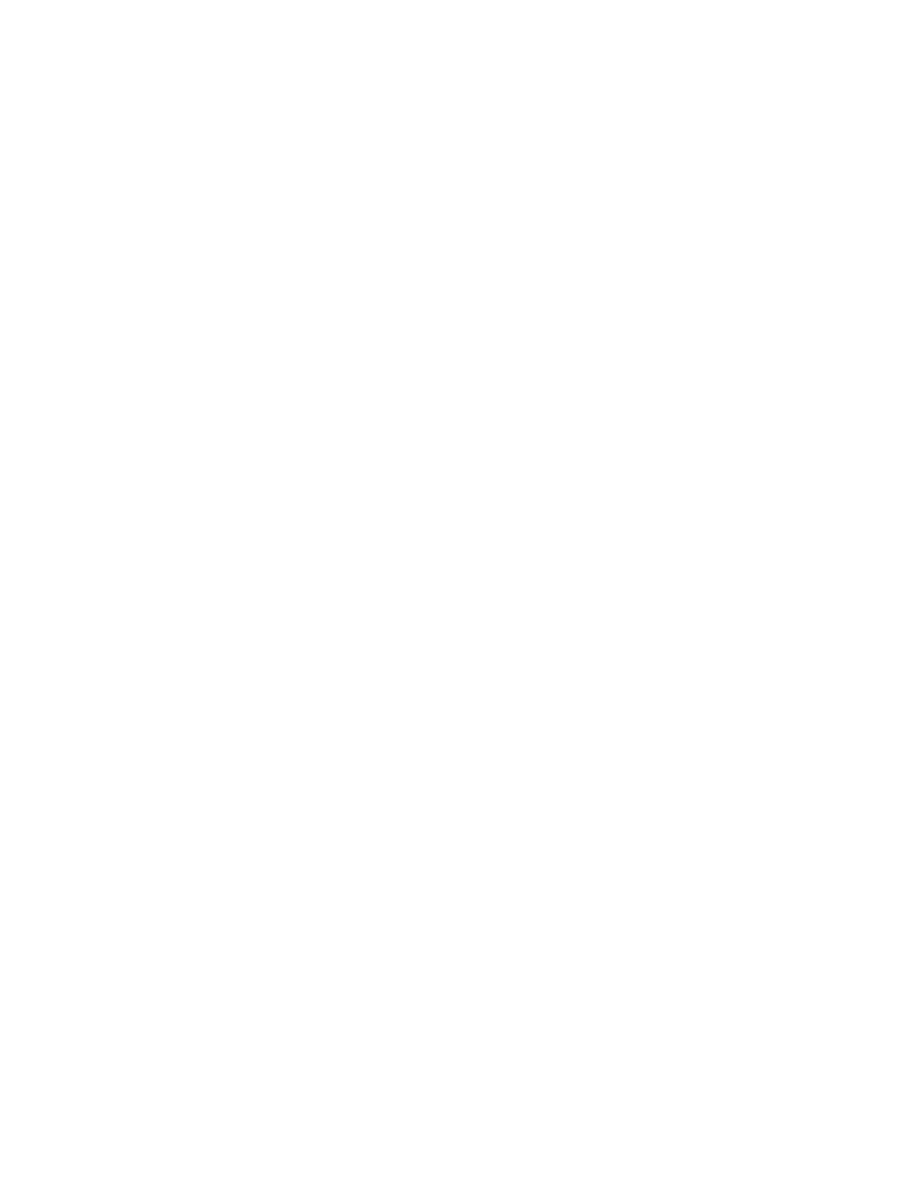
904
14 CFR Ch. I (1–1–24 Edition)
§ 107.21
(b) The remote pilot in command is
directly responsible for and is the final
authority as to the operation of the
small unmanned aircraft system.
(c) The remote pilot in command
must ensure that the small unmanned
aircraft will pose no undue hazard to
other people, other aircraft, or other
property in the event of a loss of con-
trol of the small unmanned aircraft for
any reason.
(d) The remote pilot in command
must ensure that the small UAS oper-
ation complies with all applicable reg-
ulations of this chapter.
(e) The remote pilot in command
must have the ability to direct the
small unmanned aircraft to ensure
compliance with the applicable provi-
sions of this chapter.
[Docket FAA–2015–0150, Amdt. 107–1, 81 FR
42209, June 28, 2016, as amended by Amdt. No.
107–8, 86 FR 4382, Jan. 15, 2021]
§ 107.21
In-flight emergency.
(a) In an in-flight emergency requir-
ing immediate action, the remote pilot
in command may deviate from any rule
of this part to the extent necessary to
meet that emergency.
(b) Each remote pilot in command
who deviates from a rule under para-
graph (a) of this section must, upon re-
quest of the Administrator, send a
written report of that deviation to the
Administrator.
§ 107.23
Hazardous operation.
No person may:
(a) Operate a small unmanned air-
craft system in a careless or reckless
manner so as to endanger the life or
property of another; or
(b) Allow an object to be dropped
from a small unmanned aircraft in a
manner that creates an undue hazard
to persons or property.
§ 107.25
Operation from a moving vehi-
cle or aircraft.
No person may operate a small un-
manned aircraft system—
(a) From a moving aircraft; or
(b) From a moving land or water-
borne vehicle unless the small un-
manned aircraft is flown over a sparse-
ly populated area and is not trans-
porting another person’s property for
compensation or hire.
§ 107.27
Alcohol or drugs.
A person manipulating the flight
controls of a small unmanned aircraft
system or acting as a remote pilot in
command or visual observer must com-
ply with the provisions of §§ 91.17 and
91.19 of this chapter.
§ 107.29
Operation at night.
(a) Except as provided in paragraph
(d) of this section, no person may oper-
ate a small unmanned aircraft system
at night unless—
(1) The remote pilot in command of
the small unmanned aircraft has com-
pleted an initial knowledge test or
training, as applicable, under § 107.65
after April 6, 2021; and
(2) The small unmanned aircraft has
lighted anti-collision lighting visible
for at least 3 statute miles that has a
flash rate sufficient to avoid a colli-
sion. The remote pilot in command
may reduce the intensity of, but may
not extinguish, the anti-collision light-
ing if he or she determines that, be-
cause of operating conditions, it would
be in the interest of safety to do so.
(b) No person may operate a small
unmanned aircraft system during peri-
ods of civil twilight unless the small
unmanned aircraft has lighted anti-col-
lision lighting visible for at least 3
statute miles that has a flash rate suf-
ficient to avoid a collision. The remote
pilot in command may reduce the in-
tensity of, but may not extinguish, the
anti-collision lighting if he or she de-
termines that, because of operating
conditions, it would be in the interest
of safety to do so.
(c) For purposes of paragraph (b) of
this section, civil twilight refers to the
following:
(1) Except for Alaska, a period of
time that begins 30 minutes before offi-
cial sunrise and ends at official sunrise;
(2) Except for Alaska, a period of
time that begins at official sunset and
ends 30 minutes after official sunset;
and
(3) In Alaska, the period of civil twi-
light as defined in the Air Almanac.
(d) After May 17, 2021, no person may
operate a small unmanned aircraft sys-
tem at night in accordance with a cer-
tificate of waiver issued prior to April
21, 2021 under § 107.200. The certificates
of waiver issued prior to March 16, 2021
VerDate Sep<11>2014
14:00 Mar 14, 2024
Jkt 262047
PO 00000
Frm 00914
Fmt 8010
Sfmt 8010
Q:\14\14V2.TXT
PC31
aworley on LAPBH6H6L3 with DISTILLER
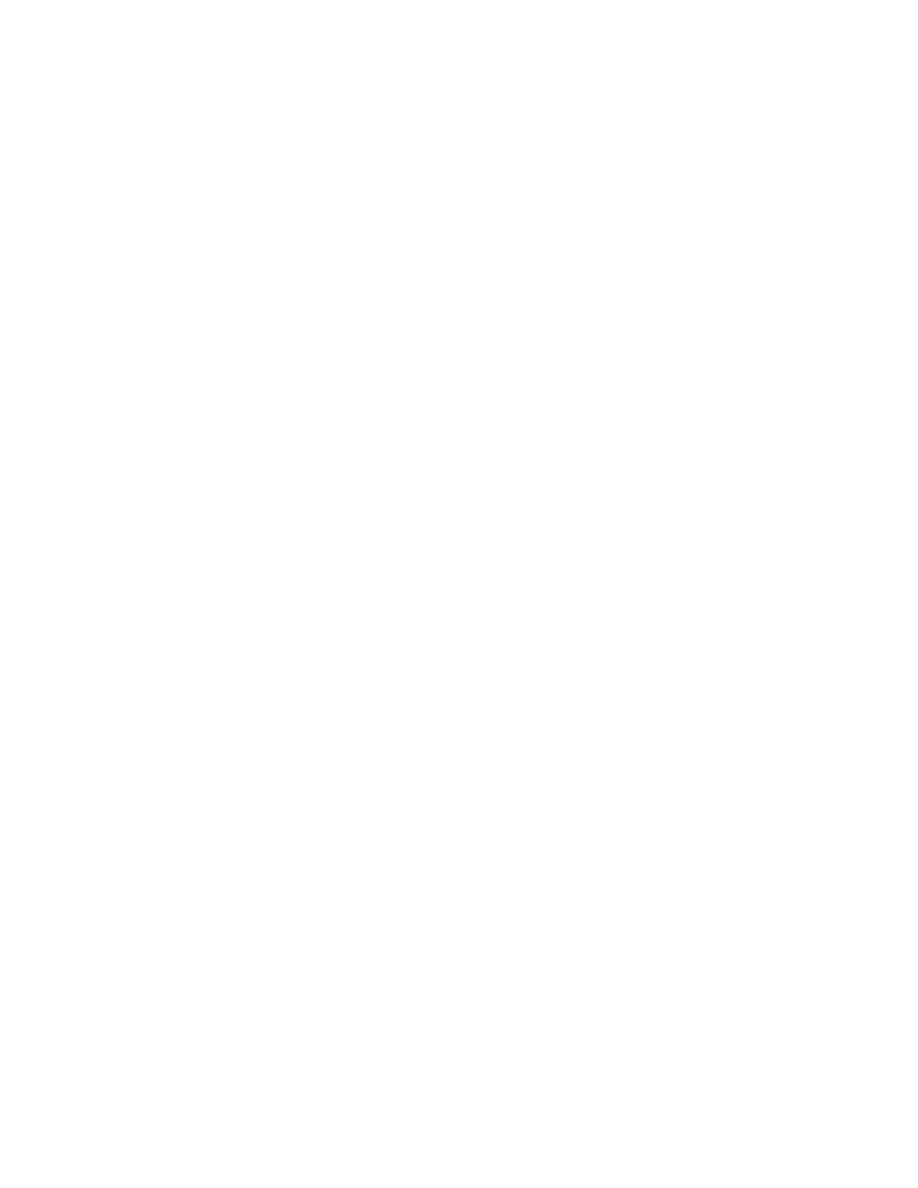
905
Federal Aviation Administration, DOT
§ 107.41
under § 107.200 that authorize deviation
from § 107.29 terminate on May 17, 2021.
[Docket FAA–2015–0150, Amdt. 107–1, 81 FR
42209, June 28, 2016, as amended by Amdt. No.
107–8, 86 FR 4382, Jan. 15, 2021; 86 FR 13631,
Mar. 10, 2020]
§ 107.31
Visual line of sight aircraft op-
eration.
(a) With vision that is unaided by
any device other than corrective
lenses, the remote pilot in command,
the visual observer (if one is used), and
the person manipulating the flight con-
trol of the small unmanned aircraft
system must be able to see the un-
manned aircraft throughout the entire
flight in order to:
(1) Know the unmanned aircraft’s lo-
cation;
(2) Determine the unmanned air-
craft’s attitude, altitude, and direction
of flight;
(3) Observe the airspace for other air
traffic or hazards; and
(4) Determine that the unmanned air-
craft does not endanger the life or
property of another.
(b) Throughout the entire flight of
the small unmanned aircraft, the abil-
ity described in paragraph (a) of this
section must be exercised by either:
(1) The remote pilot in command and
the person manipulating the flight con-
trols of the small unmanned aircraft
system; or
(2) A visual observer.
§ 107.33
Visual observer.
If a visual observer is used during the
aircraft operation, all of the following
requirements must be met:
(a) The remote pilot in command, the
person manipulating the flight controls
of the small unmanned aircraft system,
and the visual observer must maintain
effective communication with each
other at all times.
(b) The remote pilot in command
must ensure that the visual observer is
able to see the unmanned aircraft in
the manner specified in § 107.31.
(c) The remote pilot in command, the
person manipulating the flight controls
of the small unmanned aircraft system,
and the visual observer must coordi-
nate to do the following:
(1) Scan the airspace where the small
unmanned aircraft is operating for any
potential collision hazard; and
(2) Maintain awareness of the posi-
tion of the small unmanned aircraft
through direct visual observation.
§ 107.35
Operation of multiple small
unmanned aircraft.
A person may not manipulate flight
controls or act as a remote pilot in
command or visual observer in the op-
eration of more than one unmanned
aircraft at the same time.
[Amdt. No. 107–8, 86 FR 4382, Jan. 15, 2021]
§ 107.36
Carriage of hazardous mate-
rial.
A small unmanned aircraft may not
carry hazardous material. For purposes
of this section, the term hazardous ma-
terial is defined in 49 CFR 171.8.
§ 107.37
Operation near aircraft; right-
of-way rules.
(a) Each small unmanned aircraft
must yield the right of way to all air-
craft, airborne vehicles, and launch and
reentry vehicles. Yielding the right of
way means that the small unmanned
aircraft must give way to the aircraft
or vehicle and may not pass over,
under, or ahead of it unless well clear.
(b) No person may operate a small
unmanned aircraft so close to another
aircraft as to create a collision hazard.
§ 107.39
Operation over human beings.
No person may operate a small un-
manned aircraft over a human being
unless—
(a) That human being is directly par-
ticipating in the operation of the small
unmanned aircraft;
(b) That human being is located
under a covered structure or inside a
stationary vehicle that can provide
reasonable protection from a falling
small unmanned aircraft; or
(c) The operation meets the require-
ments of at least one of the operational
categories specified in subpart D of this
part.
[Amdt. No. 107–8, 86 FR 4382, Jan. 15, 2021]
§ 107.41
Operation in certain airspace.
No person may operate a small un-
manned aircraft in Class B, Class C, or
VerDate Sep<11>2014
14:00 Mar 14, 2024
Jkt 262047
PO 00000
Frm 00915
Fmt 8010
Sfmt 8010
Q:\14\14V2.TXT
PC31
aworley on LAPBH6H6L3 with DISTILLER
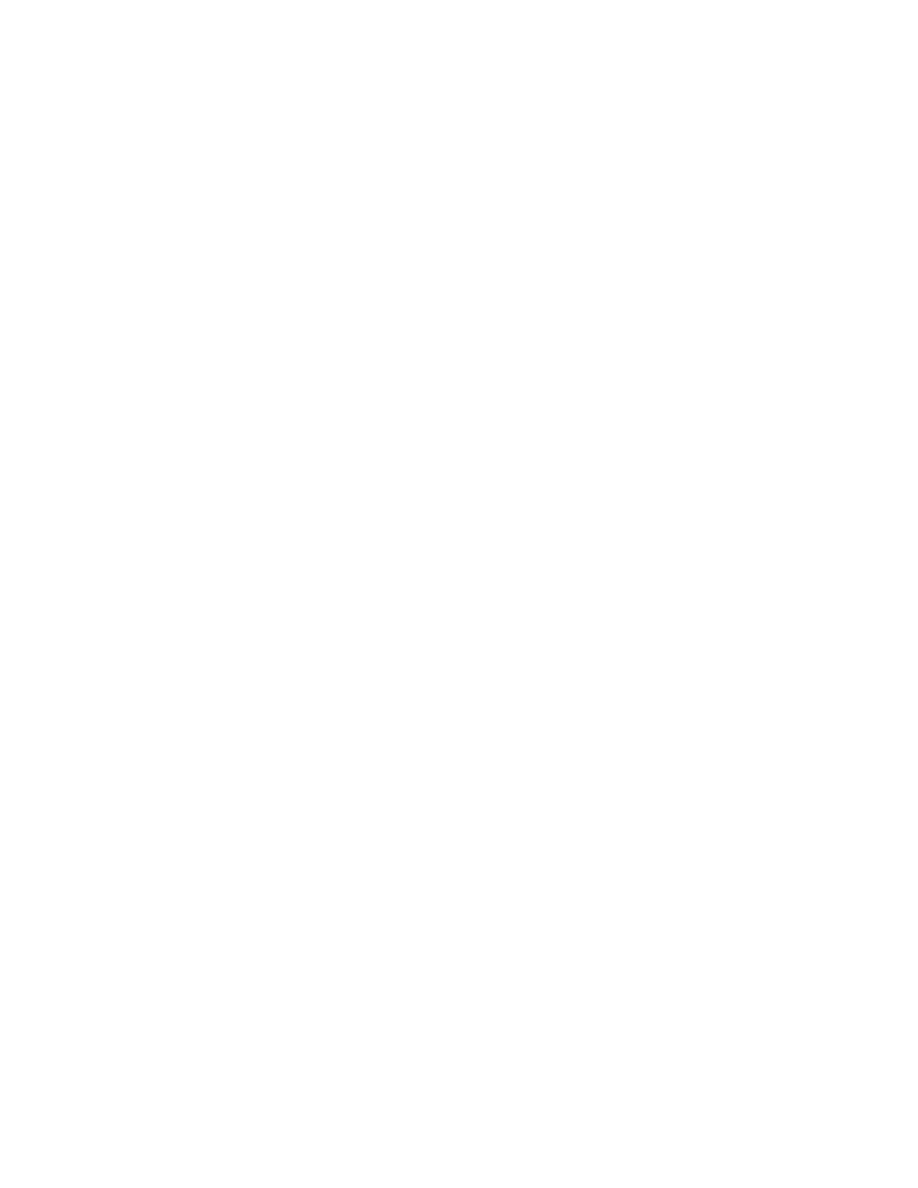
906
14 CFR Ch. I (1–1–24 Edition)
§ 107.43
Class D airspace or within the lateral
boundaries of the surface area of Class
E airspace designated for an airport
unless that person has prior authoriza-
tion from Air Traffic Control (ATC).
§ 107.43
Operation in the vicinity of
airports.
No person may operate a small un-
manned aircraft in a manner that
interferes with operations and traffic
patterns at any airport, heliport, or
seaplane base.
§ 107.45
Operation in prohibited or re-
stricted areas.
No person may operate a small un-
manned aircraft in prohibited or re-
stricted areas unless that person has
permission from the using or control-
ling agency, as appropriate.
§ 107.47
Flight restrictions in the prox-
imity of certain areas designated by
notice to airmen.
A person acting as a remote pilot in
command must comply with the provi-
sions of §§ 91.137 through 91.145 and 99.7
of this chapter.
§ 107.49
Preflight familiarization, in-
spection, and actions for aircraft
operation.
Prior to flight, the remote pilot in
command must:
(a) Assess the operating environ-
ment, considering risks to persons and
property in the immediate vicinity
both on the surface and in the air. This
assessment must include:
(1) Local weather conditions;
(2) Local airspace and any flight re-
strictions;
(3) The location of persons and prop-
erty on the surface; and
(4) Other ground hazards.
(b) Ensure that all persons directly
participating in the small unmanned
aircraft operation are informed about
the operating conditions, emergency
procedures, contingency procedures,
roles and responsibilities, and potential
hazards;
(c) Ensure that all control links be-
tween ground control station and the
small unmanned aircraft are working
properly;
(d) If the small unmanned aircraft is
powered, ensure that there is enough
available power for the small un-
manned aircraft system to operate for
the intended operational time;
(e) Ensure that any object attached
or carried by the small unmanned air-
craft is secure and does not adversely
affect the flight characteristics or con-
trollability of the aircraft; and
(f) If the operation will be conducted
over human beings under subpart D of
this part, ensure that the aircraft
meets the requirements of § 107.110,
§ 107.120(a), § 107.130(a), or § 107.140, as
applicable.
[Docket FAA–2015–0150, Amdt. 107–1, 81 FR
42209, June 28, 2016, as amended by Amdt. No.
107–8, 86 FR 4382, Jan. 15, 2021]
§ 107.51
Operating limitations for
small unmanned aircraft.
A remote pilot in command and the
person manipulating the flight controls
of the small unmanned aircraft system
must comply with all of the following
operating limitations when operating a
small unmanned aircraft system:
(a) The groundspeed of the small un-
manned aircraft may not exceed 87
knots (100 miles per hour).
(b) The altitude of the small un-
manned aircraft cannot be higher than
400 feet above ground level, unless the
small unmanned aircraft:
(1) Is flown within a 400-foot radius of
a structure; and
(2) Does not fly higher than 400 feet
above the structure’s immediate upper-
most limit.
(c) The minimum flight visibility, as
observed from the location of the con-
trol station must be no less than 3 stat-
ute miles. For purposes of this section,
flight visibility means the average
slant distance from the control station
at which prominent unlighted objects
may be seen and identified by day and
prominent lighted objects may be seen
and identified by night.
(d) The minimum distance of the
small unmanned aircraft from clouds
must be no less than:
(1) 500 feet below the cloud; and
(2) 2,000 feet horizontally from the
cloud.
VerDate Sep<11>2014
14:00 Mar 14, 2024
Jkt 262047
PO 00000
Frm 00916
Fmt 8010
Sfmt 8010
Q:\14\14V2.TXT
PC31
aworley on LAPBH6H6L3 with DISTILLER
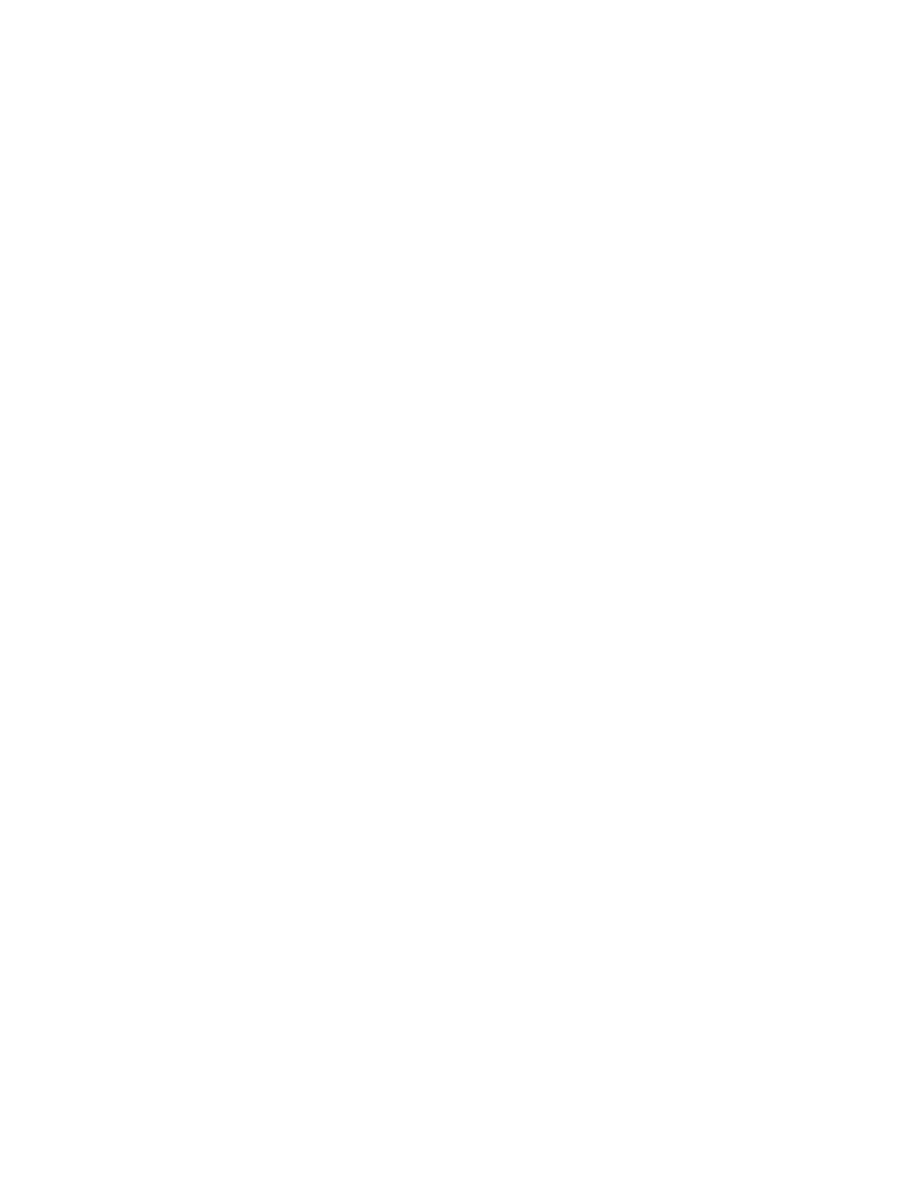
907
Federal Aviation Administration, DOT
§ 107.61
Subpart C—Remote Pilot
Certification
§ 107.52
ATC transponder equipment
prohibition.
Unless otherwise authorized by the
Administrator, no person may operate
a small unmanned aircraft system
under this part with a transponder on.
[Amdt. No. 107–7, 86 FR 4513, Jan. 15, 2021]
§ 107.53
Automatic Dependent Surveil-
lance-Broadcast (ADS–B) Out prohi-
bition.
Unless otherwise authorized by the
Administrator, no person may operate
a small unmanned aircraft system
under this part with ADS–B Out equip-
ment in transmit mode.
[Amdt. No. 107–7, 86 FR 4513, Jan. 15, 2021]
§ 107.56
Applicability.
This subpart prescribes the require-
ments for issuing a remote pilot cer-
tificate with a small UAS rating.
[ Docket FAA–2015–0150, Amdt. 107–1, 81 FR
42209, June 28, 2016. Redesignated by Amdt.
No. 107–7, 86 FR 4513, Jan. 15, 2021]
§ 107.57
Offenses involving alcohol or
drugs.
(a) A conviction for the violation of
any Federal or State statute relating
to the growing, processing, manufac-
ture, sale, disposition, possession,
transportation, or importation of nar-
cotic drugs, marijuana, or depressant
or stimulant drugs or substances is
grounds for:
(1) Denial of an application for a re-
mote pilot certificate with a small
UAS rating for a period of up to 1 year
after the date of final conviction; or
(2) Suspension or revocation of a re-
mote pilot certificate with a small
UAS rating.
(b) Committing an act prohibited by
§ 91.17(a) or § 91.19(a) of this chapter is
grounds for:
(1) Denial of an application for a re-
mote pilot certificate with a small
UAS rating for a period of up to 1 year
after the date of that act; or
(2) Suspension or revocation of a re-
mote pilot certificate with a small
UAS rating.
§ 107.59
Refusal to submit to an alco-
hol test or to furnish test results.
A refusal to submit to a test to indi-
cate the percentage by weight of alco-
hol in the blood, when requested by a
law enforcement officer in accordance
with § 91.17(c) of this chapter, or a re-
fusal to furnish or authorize the re-
lease of the test results requested by
the Administrator in accordance with
§ 91.17(c) or (d) of this chapter, is
grounds for:
(a) Denial of an application for a re-
mote pilot certificate with a small
UAS rating for a period of up to 1 year
after the date of that refusal; or
(b) Suspension or revocation of a re-
mote pilot certificate with a small
UAS rating.
§ 107.61
Eligibility.
Subject to the provisions of §§ 107.57
and 107.59, in order to be eligible for a
remote pilot certificate with a small
UAS rating under this subpart, a per-
son must:
(a) Be at least 16 years of age;
(b) Be able to read, speak, write, and
understand the English language. If the
applicant is unable to meet one of
these requirements due to medical rea-
sons, the FAA may place such oper-
ating limitations on that applicant’s
certificate as are necessary for the safe
operation of the small unmanned air-
craft;
(c) Not know or have reason to know
that he or she has a physical or mental
condition that would interfere with the
safe operation of a small unmanned
aircraft system; and
(d) Demonstrate aeronautical knowl-
edge by satisfying one of the following
conditions, in a manner acceptable to
the Administrator:
(1) Pass an initial aeronautical
knowledge test covering the areas of
knowledge specified in § 107.73; or
(2) If a person holds a pilot certificate
(other than a student pilot certificate)
issued under part 61 of this chapter and
meets the flight review requirements
specified in § 61.56, complete training
covering the areas of knowledge speci-
fied in § 107.74.
[Docket FAA–2015–0150, Amdt. 107–1, 81 FR
42209, June 28, 2016, as amended by Amdt. No.
107–8, 86 FR 4382, Jan. 15, 2021]
VerDate Sep<11>2014
14:00 Mar 14, 2024
Jkt 262047
PO 00000
Frm 00917
Fmt 8010
Sfmt 8010
Q:\14\14V2.TXT
PC31
aworley on LAPBH6H6L3 with DISTILLER

908
14 CFR Ch. I (1–1–24 Edition)
§ 107.63
§ 107.63
Issuance of a remote pilot cer-
tificate with a small UAS rating.
An applicant for a remote pilot cer-
tificate with a small UAS rating under
this subpart must make the applica-
tion in a form and manner acceptable
to the Administrator.
(a) The application must include ei-
ther:
(1) Evidence showing that the appli-
cant passed an initial aeronautical
knowledge test. If applying using a
paper application, this evidence must
be an airman knowledge test report
showing passage of the knowledge test;
or
(2) If a person holds a pilot certificate
(other than a student pilot certificate)
issued under part 61 of this chapter and
meets the flight review requirements
specified in § 61.56, a certificate of com-
pletion of an initial training course
under this part that covers the areas of
knowledge specified in § 107.74.
(b) If the application is being made
pursuant to paragraph (a)(2) of this sec-
tion:
(1) The application must be sub-
mitted to the responsible Flight Stand-
ards office, a designated pilot exam-
iner, an airman certification represent-
ative for a pilot school, a certificated
flight instructor, or other person au-
thorized by the Administrator;
(2) The person accepting the applica-
tion submission must verify the iden-
tity of the applicant in a manner ac-
ceptable to the Administrator; and
(3) The person making the applica-
tion must, by logbook endorsement or
other manner acceptable to the Admin-
istrator, show the applicant meets the
flight review requirements specified in
§ 61.56 of this chapter.
[Docket FAA–2015–0150, Amdt. 107–1, 81 FR
42209, June 28, 2016, as amended by Docket
FAA–2018–0119, Amdt. 107–2, 83 FR 9172, Mar.
5, 2018; Amdt. No. 107–8, 86 FR 4382, Jan. 15,
2021]]
§ 107.64
Temporary certificate.
(a) A temporary remote pilot certifi-
cate with a small UAS rating is issued
for up to 120 calendar days, at which
time a permanent certificate will be
issued to a person whom the Adminis-
trator finds qualified under this part.
(b) A temporary remote pilot certifi-
cate with a small UAS rating expires:
(1) On the expiration date shown on
the certificate;
(2) Upon receipt of the permanent
certificate; or
(3) Upon receipt of a notice that the
certificate sought is denied or revoked.
§ 107.65
Aeronautical knowledge
recency.
A person may not exercise the privi-
leges of a remote pilot in command
with small UAS rating unless that per-
son has accomplished one of the fol-
lowing in a manner acceptable to the
Administrator within the previous 24
calendar months:
(a) Passed an initial aeronautical
knowledge test covering the areas of
knowledge specified in § 107.73;
(b) Completed recurrent training cov-
ering the areas of knowledge specified
in § 107.73; or
(c) If a person holds a pilot certifi-
cate (other than a student pilot certifi-
cate) issued under part 61 of this chap-
ter and meets the flight review require-
ments specified in § 61.56, completed
training covering the areas of knowl-
edge specified in § 107.74.
(d) A person who has passed a recur-
rent aeronautical knowledge test in a
manner acceptable to the Adminis-
trator or who has satisfied the training
requirement of paragraph (c) of this
section prior to April 6, 2021 within the
previous 24 calendar months is consid-
ered to be in compliance with the re-
quirement of paragraph (b) or (c) of
this section, as applicable.
[Amdt. No. 107–8, 86 FR 4382, Jan. 15, 2021; 86
FR 13631, Mar. 10, 2021]
§ 107.67
Knowledge tests: General pro-
cedures and passing grades.
(a) Knowledge tests prescribed by or
under this part are given by persons
and in the manner designated by the
Administrator.
(b) An applicant for a knowledge test
must have proper identification at the
time of application that contains the
applicant’s:
(1) Photograph;
(2) Signature;
VerDate Sep<11>2014
14:00 Mar 14, 2024
Jkt 262047
PO 00000
Frm 00918
Fmt 8010
Sfmt 8010
Q:\14\14V2.TXT
PC31
aworley on LAPBH6H6L3 with DISTILLER
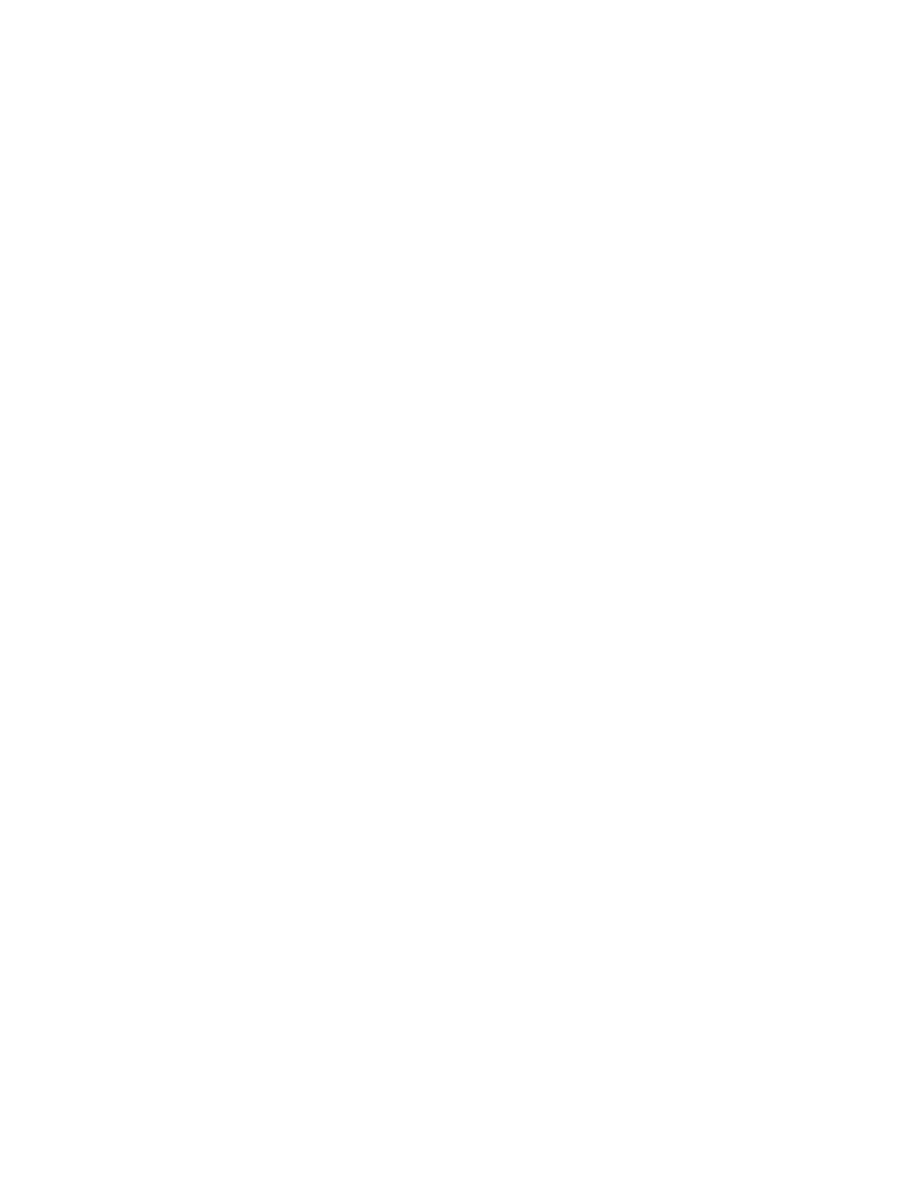
909
Federal Aviation Administration, DOT
§ 107.77
(3) Date of birth, which shows the ap-
plicant meets or will meet the age re-
quirements of this part for the certifi-
cate and rating sought before the expi-
ration date of the airman knowledge
test report; and
(4) Permanent mailing address. If the
applicant’s permanent mailing address
is a post office box number, then the
applicant must also provide a current
residential address.
(c) The minimum passing grade for
the knowledge test will be specified by
the Administrator.
§ 107.69
Knowledge tests: Cheating or
other unauthorized conduct.
(a) An applicant for a knowledge test
may not:
(1) Copy or intentionally remove any
knowledge test;
(2) Give to another applicant or re-
ceive from another applicant any part
or copy of a knowledge test;
(3) Give or receive assistance on a
knowledge test during the period that
test is being given;
(4) Take any part of a knowledge test
on behalf of another person;
(5) Be represented by, or represent,
another person for a knowledge test;
(6) Use any material or aid during the
period that the test is being given, un-
less specifically authorized to do so by
the Administrator; and
(7) Intentionally cause, assist, or par-
ticipate in any act prohibited by this
paragraph.
(b) An applicant who the Adminis-
trator finds has committed an act pro-
hibited by paragraph (a) of this section
is prohibited, for 1 year after the date
of committing that act, from:
(1) Applying for any certificate, rat-
ing, or authorization issued under this
chapter; and
(2) Applying for and taking any test
under this chapter.
(c) Any certificate or rating held by
an applicant may be suspended or re-
voked if the Administrator finds that
person has committed an act prohib-
ited by paragraph (a) of this section.
§ 107.71
Retesting after failure.
An applicant for a knowledge test
who fails that test may not reapply for
the test for 14 calendar days after fail-
ing the test.
§ 107.73
Knowledge and training.
An initial aeronautical knowledge
test and recurrent training covers the
following areas of knowledge:
(a) Applicable regulations relating to
small unmanned aircraft system rating
privileges, limitations, and flight oper-
ation;
(b) Airspace classification, operating
requirements, and flight restrictions
affecting small unmanned aircraft op-
eration;
(c) Aviation weather sources and ef-
fects of weather on small unmanned
aircraft performance;
(d) Small unmanned aircraft loading;
(e) Emergency procedures;
(f) Crew resource management;
(g) Radio communication procedures;
(h) Determining the performance of
the small unmanned aircraft;
(i) Physiological effects of drugs and
alcohol;
(j) Aeronautical decision-making and
judgment;
(k) Airport operations;
(l) Maintenance and preflight inspec-
tion procedures; and
(m) Operation at night.
[Amdt. No. 107–8, 86 FR 4383, Jan. 15, 2021]
§ 107.74
Small unmanned aircraft sys-
tem training.
Training for pilots who hold a pilot
certificate (other than a student pilot
certificate) issued under part 61 of this
chapter and meet the flight review re-
quirements specified in § 61.56 covers
the following areas of knowledge:
(a) Applicable regulations relating to
small unmanned aircraft system rating
privileges, limitations, and flight oper-
ation;
(b) Effects of weather on small un-
manned aircraft performance;
(c) Small unmanned aircraft loading;
(d) Emergency procedures;
(e) Crew resource management;
(f) Determining the performance of
the small unmanned aircraft;
(g) Maintenance and preflight inspec-
tion procedures; and
(h) Operation at night.
[Amdt. No. 107–8, 86 FR 4383, Jan. 15, 2021]
§ 107.77
Change of name or address.
(a)
Change of name. An application to
change the name on a certificate issued
VerDate Sep<11>2014
14:00 Mar 14, 2024
Jkt 262047
PO 00000
Frm 00919
Fmt 8010
Sfmt 8010
Q:\14\14V2.TXT
PC31
aworley on LAPBH6H6L3 with DISTILLER
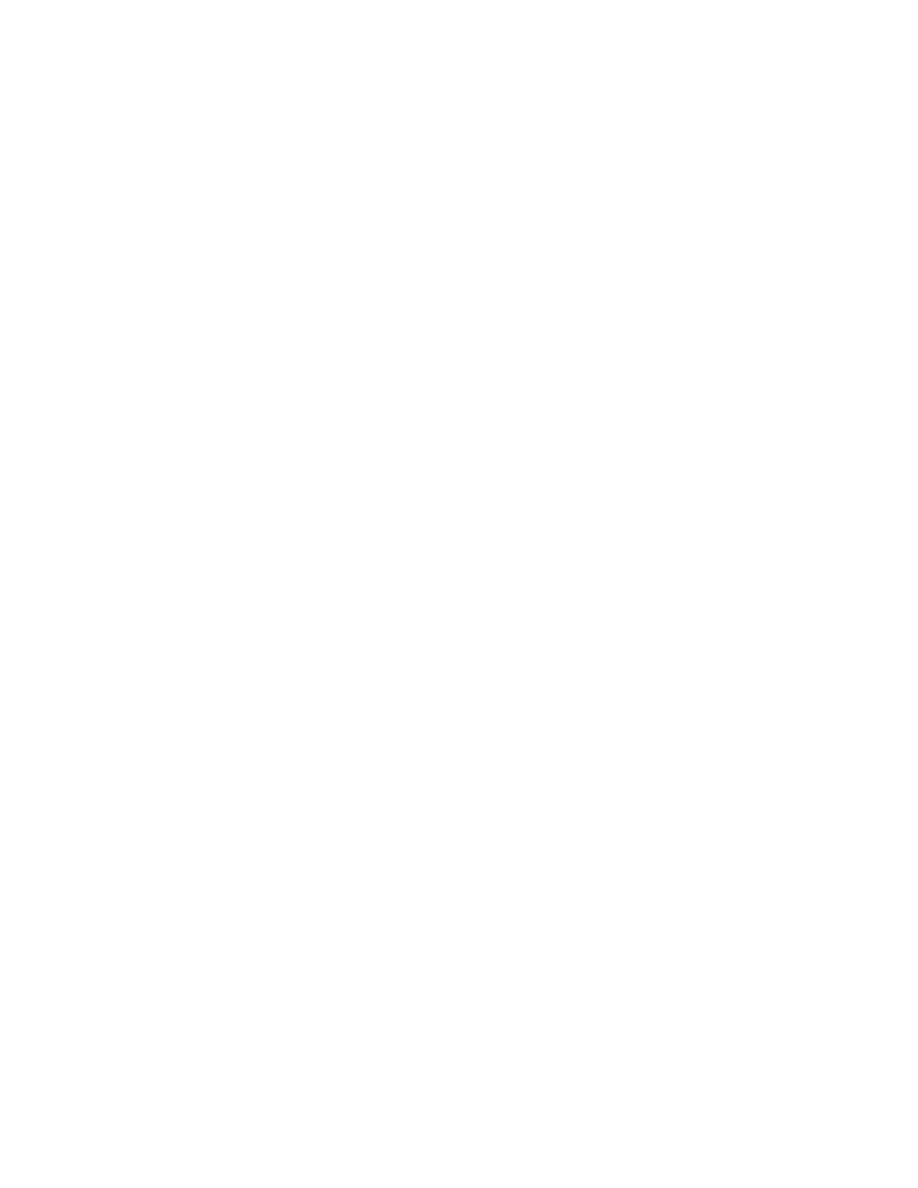
910
14 CFR Ch. I (1–1–24 Edition)
§ 107.79
under this subpart must be accom-
panied by the applicant’s:
(1) Remote pilot certificate with
small UAS rating; and
(2) A copy of the marriage license,
court order, or other document
verifying the name change.
(b) The documents in paragraph (a) of
this section will be returned to the ap-
plicant after inspection.
(c)
Change of address. The holder of a
remote pilot certificate with small
UAS rating issued under this subpart
who has made a change in permanent
mailing address may not, after 30 days
from that date, exercise the privileges
of the certificate unless the holder has
notified the FAA of the change in ad-
dress using one of the following meth-
ods:
(1) By letter to the FAA Airman Cer-
tification Branch, P.O. Box 25082, Okla-
homa City, OK 73125 providing the new
permanent mailing address, or if the
permanent mailing address includes a
post office box number, then the hold-
er’s current residential address; or
(2) By using the FAA Web site portal
at
www.faa.gov providing the new per-
manent mailing address, or if the per-
manent mailing address includes a post
office box number, then the holder’s
current residential address.
§ 107.79
Voluntary surrender of certifi-
cate.
(a) The holder of a certificate issued
under this subpart may voluntarily
surrender it for cancellation.
(b) Any request made under para-
graph (a) of this section must include
the following signed statement or its
equivalent: ‘‘I voluntarily surrender
my remote pilot certificate with a
small UAS rating for cancellation. This
request is made for my own reasons,
with full knowledge that my certifi-
cate will not be reissued to me unless I
again complete the requirements speci-
fied in §§ 107.61 and 107.63.’’
Subpart D—Operations Over
Human Beings
S
OURCE
: Amdt. No. 107–8, 86 FR 4382, Jan.
15, 2021
§ 107.100
Applicability.
This subpart prescribes the eligi-
bility and operating requirements for
civil small unmanned aircraft to oper-
ate over human beings or over moving
vehicles in the United States, in addi-
tion to those operations permitted by
§ 107.39(a) and (b).
§ 107.105
Limitations on operations
over human beings.
Except as provided in §§ 107.39(a) and
(b) and 107.145, a remote pilot in com-
mand may conduct operations over
human beings only in accordance with
the following, as applicable: § 107.110 for
Category 1 operations; §§ 107.115 and
107.120 for Category 2 operations;
§§ 107.125 and 107.130 for Category 3 op-
erations; or § 107.140 for Category 4 op-
erations.
§ 107.110
Category 1 operations.
To conduct Category 1 operations—
(a) A remote pilot in command must
use a small unmanned aircraft that—
(1) Weighs 0.55 pounds or less on
takeoff and throughout the duration of
each operation under Category 1, in-
cluding everything that is on board or
otherwise attached to the aircraft; and
(2) Does not contain any exposed ro-
tating parts that would lacerate
human skin upon impact with a human
being.
(b) No remote pilot in command may
operate a small unmanned aircraft in
sustained flight over open-air assem-
blies of human beings unless the oper-
ation meets the requirements of either
§ 89.110 or § 89.115(a) of this chapter.
[Amdt. No. 107–8, 86 FR 4382, Jan. 15, 2021, as
amended by 86 FR 62473, Nov. 10, 2021]
§ 107.115
Category 2 operations: Oper-
ating requirements.
To conduct Category 2 operations—
(a) A remote pilot in command must
use a small unmanned aircraft that—
(1) Is eligible for Category 2 oper-
ations pursuant to § 107.120(a);
(2) Is listed on an FAA-accepted dec-
laration of compliance as eligible for
Category 2 operations in accordance
with § 107.160; and
(3) Is labeled as eligible to conduct
Category 2 operations in accordance
with § 107.120(b)(1).
VerDate Sep<11>2014
14:00 Mar 14, 2024
Jkt 262047
PO 00000
Frm 00920
Fmt 8010
Sfmt 8010
Q:\14\14V2.TXT
PC31
aworley on LAPBH6H6L3 with DISTILLER
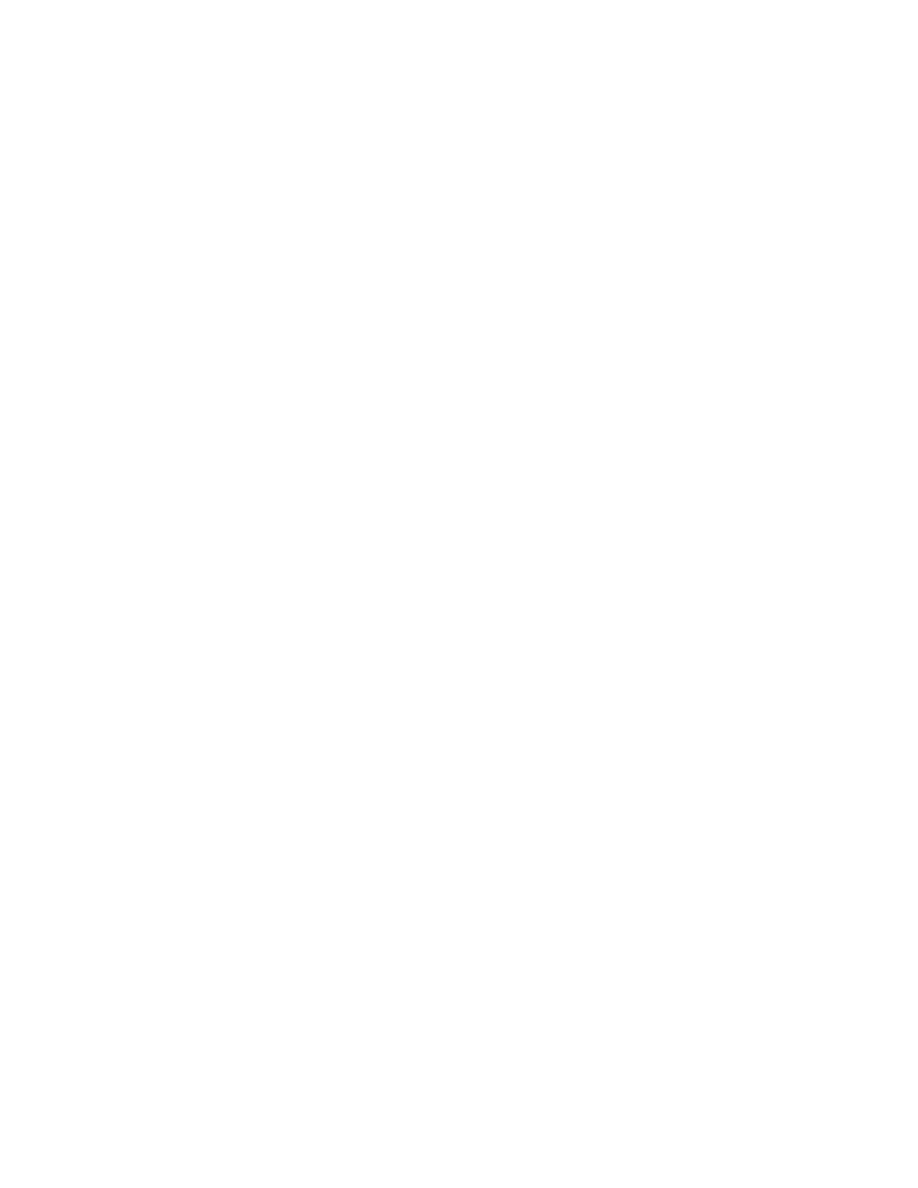
911
Federal Aviation Administration, DOT
§ 107.125
(b) No remote pilot in command may
operate a small unmanned aircraft in
sustained flight over open-air assem-
blies of human beings unless the oper-
ation meets the requirements of either
§ 89.110 or § 89.115(a) of this chapter.
§ 107.120
Category 2 operations: Eligi-
bility of small unmanned aircraft
and other applicant requirements.
(a) To be eligible for use in Category
2 operations, the small unmanned air-
craft must be designed, produced, or
modified such that it—
(1) Will not cause injury to a human
being that is equivalent to or greater
than the severity of injury caused by a
transfer of 11 foot-pounds of kinetic en-
ergy upon impact from a rigid object;
(2) Does not contain any exposed ro-
tating parts that would lacerate
human skin upon impact with a human
being; and
(3) Does not contain any safety de-
fects.
(b) The applicant for a declaration of
compliance for a small unmanned air-
craft that is eligible for use in Cat-
egory 2 operations in accordance with
paragraph (a) of this section, must
meet all of the following requirements
for the applicant’s unmanned aircraft
to be used in Category 2 operations:
(1) Display a label on the small un-
manned aircraft indicating eligibility
to conduct Category 2 operations. The
label must be in English and be legible,
prominent, and permanently affixed to
the small unmanned aircraft.
(2) Have remote pilot operating in-
structions that apply to the operation
of the small unmanned aircraft system.
The applicant for a declaration of com-
pliance must make available these in-
structions upon sale or transfer of the
aircraft or use of the aircraft by some-
one other than the applicant who sub-
mitted a declaration of compliance
pursuant to § 107.160. Such instructions
must address, at a minimum—
(i) A system description that includes
the required small unmanned aircraft
system components, any system limi-
tations, and the declared category or
categories of operation;
(ii) Modifications that will not
change the ability of the small un-
manned aircraft system to meet the re-
quirements for the category or cat-
egories of operation the small un-
manned aircraft system is eligible to
conduct; and
(iii) Instructions for how to verify
and change the mode or configuration
of the small unmanned aircraft system,
if they are variable.
(3) Maintain a product support and
notification process. The applicant for
a declaration of compliance must
maintain product support and notifica-
tion procedures to notify the public
and the FAA of—
(i) Any defect or condition that
causes the small unmanned aircraft to
no longer meet the requirements of
this subpart; and
(ii) Any identified safety defect that
causes the small unmanned aircraft to
exceed a low probability of casualty.
§ 107.125
Category 3 operations: Oper-
ating requirements.
To conduct Category 3 operations, a
remote pilot in command—
(a) Must use a small unmanned air-
craft that—
(1) Is eligible for Category 3 oper-
ations pursuant to § 107.130(a);
(2) Is listed on an FAA-accepted dec-
laration of compliance as eligible for
Category 3 operations in accordance
with § 107.160; and
(3) Is labeled as eligible for Category
3 operations in accordance with
§ 107.130(b)(1);
(b) Must not operate the small un-
manned aircraft over open-air assem-
blies of human beings; and
(c) May only operate the small un-
manned aircraft above any human
being if operation meets one of the fol-
lowing conditions:
(1) The operation is within or over a
closed- or restricted-access site and all
human beings located within the
closed- or restricted-access site must
be on notice that a small unmanned
aircraft may fly over them; or
(2) The small unmanned aircraft does
not maintain sustained flight over any
human being unless that human being
is—
(i) Directly participating in the oper-
ation of the small unmanned aircraft;
or
(ii) Located under a covered struc-
ture or inside a stationary vehicle that
VerDate Sep<11>2014
14:00 Mar 14, 2024
Jkt 262047
PO 00000
Frm 00921
Fmt 8010
Sfmt 8010
Q:\14\14V2.TXT
PC31
aworley on LAPBH6H6L3 with DISTILLER
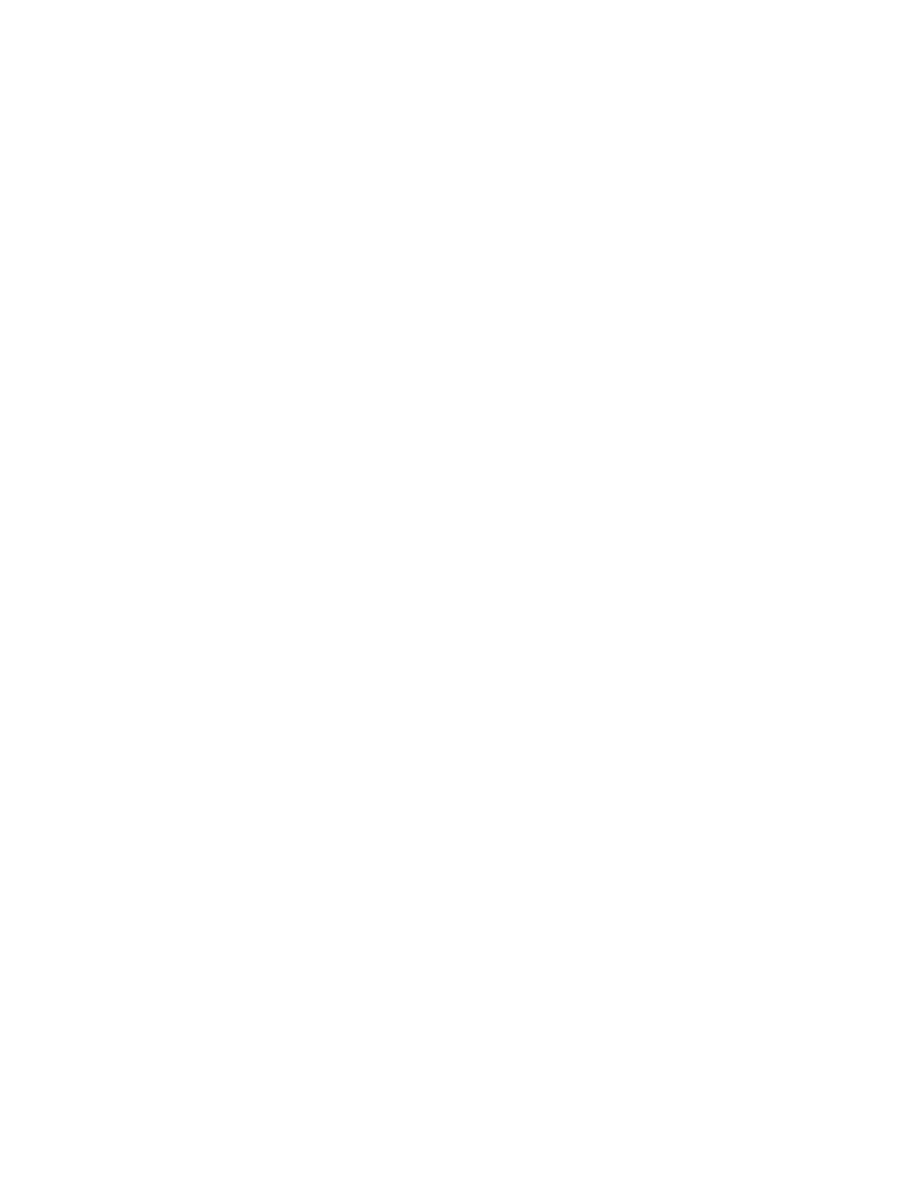
912
14 CFR Ch. I (1–1–24 Edition)
§ 107.130
can provide reasonable protection from
a falling small unmanned aircraft.
[Amdt. No. 107–8, 86 FR 4382, Jan. 15, 2021, as
amended by 86 FR 62473, Nov. 10, 2021]
§ 107.130
Category 3 operations: Eligi-
bility of small unmanned aircraft
and other applicant requirements.
(a) To be eligible for use in Category
3 operations, the small unmanned air-
craft must be designed, produced, or
modified such that it—
(1) Will not cause injury to a human
being that is equivalent to or greater
than the severity of the injury caused
by a transfer of 25 foot-pounds of ki-
netic energy upon impact from a rigid
object;
(2) Does not contain any exposed ro-
tating parts that would lacerate
human skin upon impact with a human
being; and
(3) Does not contain any safety de-
fects.
(b) The applicant for a declaration of
compliance for a small unmanned air-
craft that is eligible for use in Cat-
egory 3 operations in accordance with
paragraph (a) of this section, must
meet all of the following requirements
for the applicant’s small unmanned air-
craft to be used in Category 3 oper-
ations:
(1) Display a label on the small un-
manned aircraft indicating eligibility
to conduct Category 3 operations. The
label must be in English and be legible,
prominent, and permanently affixed to
the small unmanned aircraft.
(2) Have remote pilot operating in-
structions that apply to the operation
of the small unmanned aircraft system.
The applicant for a declaration of com-
pliance must make available these in-
structions upon sale or transfer of the
aircraft or use of the aircraft by some-
one other than the applicant who sub-
mitted a declaration of compliance
pursuant to § 107.160. Such instructions
must address, at a minimum—
(i) A system description that includes
the required small unmanned aircraft
system components, any system limi-
tations, and the declared category or
categories of operation;
(ii) Modifications that will not
change the ability of the small un-
manned aircraft system to meet the re-
quirements for the category or cat-
egories of operation the small un-
manned aircraft system is eligible to
conduct; and
(iii) Instructions for how to verify
and change the mode or configuration
of the small unmanned aircraft system,
if they are variable.
(3) Maintain a product support and
notification process. The applicant for
a declaration of compliance must
maintain product support and notifica-
tion procedures to notify the public
and the FAA of—
(i) Any defect or condition that
causes the small unmanned aircraft to
no longer meet the requirements of
this subpart; and
(ii) Any identified safety defect that
causes the small unmanned aircraft to
exceed a low probability of fatality.
§ 107.135
Labeling by remote pilot in
command for Category 2 and 3 op-
erations.
If a Category 2 or Category 3 label af-
fixed to a small unmanned aircraft is
damaged, destroyed, or missing, a re-
mote pilot in command must label the
aircraft in English such that the label
is legible, prominent, and will remain
on the small unmanned aircraft for the
duration of the operation before con-
ducting operations over human beings.
The label must correctly identify the
category or categories of operation
over human beings that the small un-
manned aircraft is qualified to conduct
in accordance with this subpart.
§ 107.140
Category 4 operations.
(a)
Remote pilot in command require-
ments. To conduct Category 4 oper-
ations—
(1) A remote pilot in command—
(i) Must use a small unmanned air-
craft that is eligible for Category 4 op-
erations pursuant to paragraph (b) of
this section; and
(ii) Must operate the small unmanned
aircraft in accordance with all oper-
ating limitations that apply to the
small unmanned aircraft, as specified
by the Administrator.
(2) No remote pilot in command may
operate a small unmanned aircraft in
sustained flight over open-air assem-
blies of human beings unless the oper-
ation meets the requirements of either
§ 89.110 or § 89.115(a) of this chapter.
VerDate Sep<11>2014
14:00 Mar 14, 2024
Jkt 262047
PO 00000
Frm 00922
Fmt 8010
Sfmt 8010
Q:\14\14V2.TXT
PC31
aworley on LAPBH6H6L3 with DISTILLER
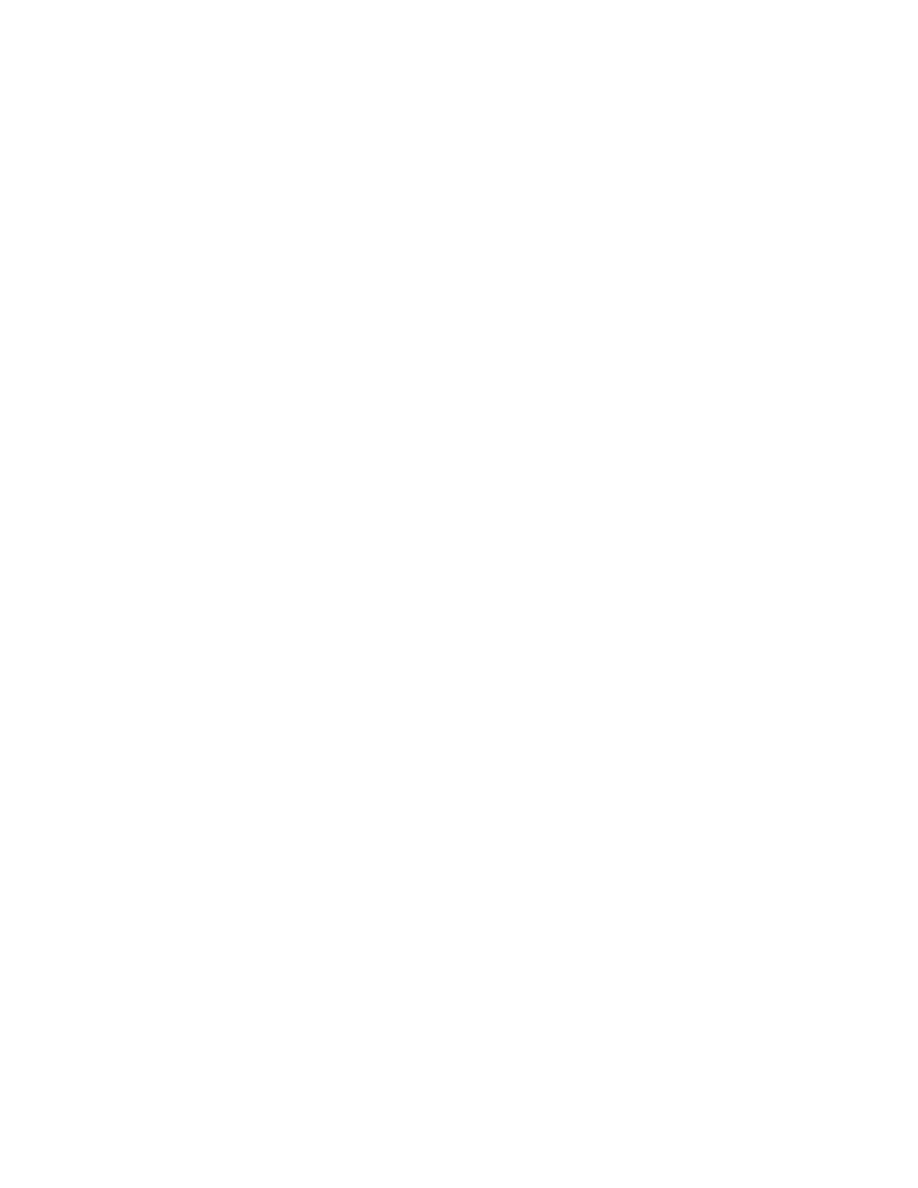
913
Federal Aviation Administration, DOT
§ 107.140
(b)
Small unmanned aircraft require-
ments for Category 4. To be eligible to
operate over human beings under this
section, the small unmanned aircraft
must—
(1) Have an airworthiness certificate
issued under part 21 of this chapter.
(2) Be operated in accordance with
the operating limitations specified in
the approved Flight Manual or as oth-
erwise specified by the Administrator.
The operating limitations must not
prohibit operations over human beings.
(3) Have maintenance, preventive
maintenance, alterations, or inspec-
tions performed in accordance with
paragraph (c)(1) of this section.
(c)
Maintenance requirements for Cat-
egory 4. The owner must (unless the
owner enters into an agreement with
an operator to meet the requirements
of this paragraph (c), then the operator
must) meet the requirements of this
paragraph (c):
(1) Ensure the person performing any
maintenance, preventive maintenance,
alterations, or inspections:
(i) Uses the methods, techniques, and
practices prescribed in the manufactur-
er’s current maintenance manual or In-
structions for Continued Airworthiness
that are acceptable to the Adminis-
trator, or other methods, techniques,
and practices acceptable to the Admin-
istrator;
(ii) Has the knowledge, skill, and ap-
propriate equipment to perform the
work;
(iii) Performs the maintenance, pre-
ventive maintenance, or alterations on
the small unmanned aircraft in a man-
ner using the methods, techniques, and
practices prescribed in the manufactur-
er’s current maintenance manual or In-
structions for Continued Airworthiness
prepared by its manufacturer, or other
methods, techniques, and practices ac-
ceptable to the Administrator;
(iv) Inspects the small unmanned air-
craft in accordance with the manufac-
turer’s instructions or other instruc-
tions acceptable to the Administrator;
and
(v) Performs the maintenance, pre-
ventive maintenance, or alterations
using parts of such a quality that the
condition of the aircraft will be at
least equal to its original or properly
altered condition.
(2) Maintain all records of mainte-
nance, preventive maintenance, and al-
terations performed on the aircraft and
ensure the records are documented in a
manner acceptable to the Adminis-
trator. The records must contain the
description of the work performed, the
date the work was completed, and the
name of the person who performed the
work.
(3) Maintain all records containing—
(i) The status of life-limited parts
that are installed on, or part of, the
small unmanned aircraft;
(ii) The inspection status of the air-
craft; and
(iii) The status of applicable air-
worthiness directives including the
method of compliance, the airworthi-
ness directive number, and revision
date. If the airworthiness directive in-
volves recurring action, the record
must contain the time and date of the
next required action.
(4) Retain the records required under
paragraphs (c)(2) and (3) of this section,
as follows:
(i) The records documenting mainte-
nance, preventive maintenance, or al-
terations performed must be retained
for 1 year from when the work is com-
pleted or until the maintenance is re-
peated or superseded by other work.
(ii) The records documenting the sta-
tus of life-limited parts, compliance
with airworthiness directives, and in-
spection status of the small unmanned
aircraft must be retained and trans-
ferred with the aircraft upon change in
ownership.
(5) Ensure all records under para-
graphs (c)(2) and (3) of this section are
available for inspection upon request
from the Administrator or any author-
ized representative of the National
Transportation Safety Board (NTSB).
(d)
Compliance with parts 43 and 91 of
this chapter. Compliance with part 43
and part 91, subpart E, of this chapter
fulfills the requirements in paragraphs
(b)(3) and (c) of this section.
[Amdt. No. 107–8, 86 FR 4383, Jan. 15, 2021; 86
FR 13633, Mar. 10, 2021]
VerDate Sep<11>2014
14:00 Mar 14, 2024
Jkt 262047
PO 00000
Frm 00923
Fmt 8010
Sfmt 8010
Q:\14\14V2.TXT
PC31
aworley on LAPBH6H6L3 with DISTILLER

914
14 CFR Ch. I (1–1–24 Edition)
§ 107.145
§ 107.145
Operations over moving vehi-
cles.
No person may operate a small un-
manned aircraft over a human being lo-
cated inside a moving vehicle unless
the following conditions are met:
(a) The operation occurs in accord-
ance with § 107.110 for Category 1 oper-
ations; § 107.115 for Category 2 oper-
ations; § 107.125 for Category 3 oper-
ations; or § 107.140 for Category 4 oper-
ations.
(b) For an operation under Category
1, Category 2, or Category 3, the small
unmanned aircraft, throughout the op-
eration—
(1) Must remain within or over a
closed- or restricted-access site, and all
human beings located inside a moving
vehicle within the closed- or restricted-
access site must be on notice that a
small unmanned aircraft may fly over
them; or
(2) Must not maintain sustained
flight over moving vehicles.
(c) For a Category 4 operation, the
small unmanned aircraft must—
(1) Have an airworthiness certificate
issued under part 21 of this chapter.
(2) Be operated in accordance with
the operating limitations specified in
the approved Flight Manual or as oth-
erwise specified by the Administrator.
The operating limitations must not
prohibit operations over human beings
located inside moving vehicles.
§ 107.150
Variable mode and variable
configuration of small unmanned
aircraft systems.
A small unmanned aircraft system
may be eligible for one or more cat-
egories of operation over human beings
under this subpart, as long as a remote
pilot in command cannot inadvertently
switch between modes or configura-
tions.
§ 107.155
Means of compliance.
(a)
Establishment of compliance. To
meet the requirements of § 107.120(a) for
operations in Category 2, or the re-
quirements of § 107.130(a) for operations
in Category 3, the means of compliance
must consist of test, analysis, or in-
spection.
(b)
Required information. An applicant
requesting FAA acceptance of a means
of compliance must submit the fol-
lowing information to the FAA in a
manner specified by the Administrator:
(1)
Procedures. Detailed description of
the means of compliance, including ap-
plicable test, analysis, or inspection
procedures to demonstrate how the
small unmanned aircraft meets the re-
quirements of § 107.120(a) for operations
in Category 2 or the requirements of
§ 107.130(a) for operations in Category 3.
The description should include condi-
tions, environments, and methods, as
applicable.
(2)
Compliance explanation. Expla-
nation of how application of the means
of compliance fulfills the requirements
of § 107.120(a) for operations in Category
2 or the requirements of § 107.130(a) for
operations in Category 3.
(c)
FAA acceptance. If the FAA deter-
mines the applicant has demonstrated
compliance with paragraphs (a) and (b)
of this section, it will notify the appli-
cant that it has accepted the means of
compliance.
(d)
Rescission. (1) A means of compli-
ance is subject to ongoing review by
the Administrator. The Administrator
may rescind its acceptance of a means
of compliance if the Administrator de-
termines that a means of compliance
does not meet any or all of the require-
ments of this subpart.
(2) The Administrator will publish a
notice of rescission in the F
EDERAL
R
EGISTER
.
(e)
Inapplicability of part 13, subpart D,
of this chapter. Part 13, subpart D, of
this chapter does not apply to the pro-
cedures of paragraph (a) of this section.
§ 107.160
Declaration of compliance.
(a)
Required information. In order for
an applicant to declare a small un-
manned aircraft is compliant with the
requirements of this subpart for Cat-
egory 2 or Category 3 operations, an
applicant must submit a declaration of
compliance for acceptance by the FAA,
in a manner specified by the Adminis-
trator, that includes the following in-
formation:
(1) Applicant’s name;
(2) Applicant’s physical address;
(3) Applicant’s email address;
(4) The small unmanned aircraft
make and model name, and series, if
applicable;
VerDate Sep<11>2014
14:00 Mar 14, 2024
Jkt 262047
PO 00000
Frm 00924
Fmt 8010
Sfmt 8010
Q:\14\14V2.TXT
PC31
aworley on LAPBH6H6L3 with DISTILLER
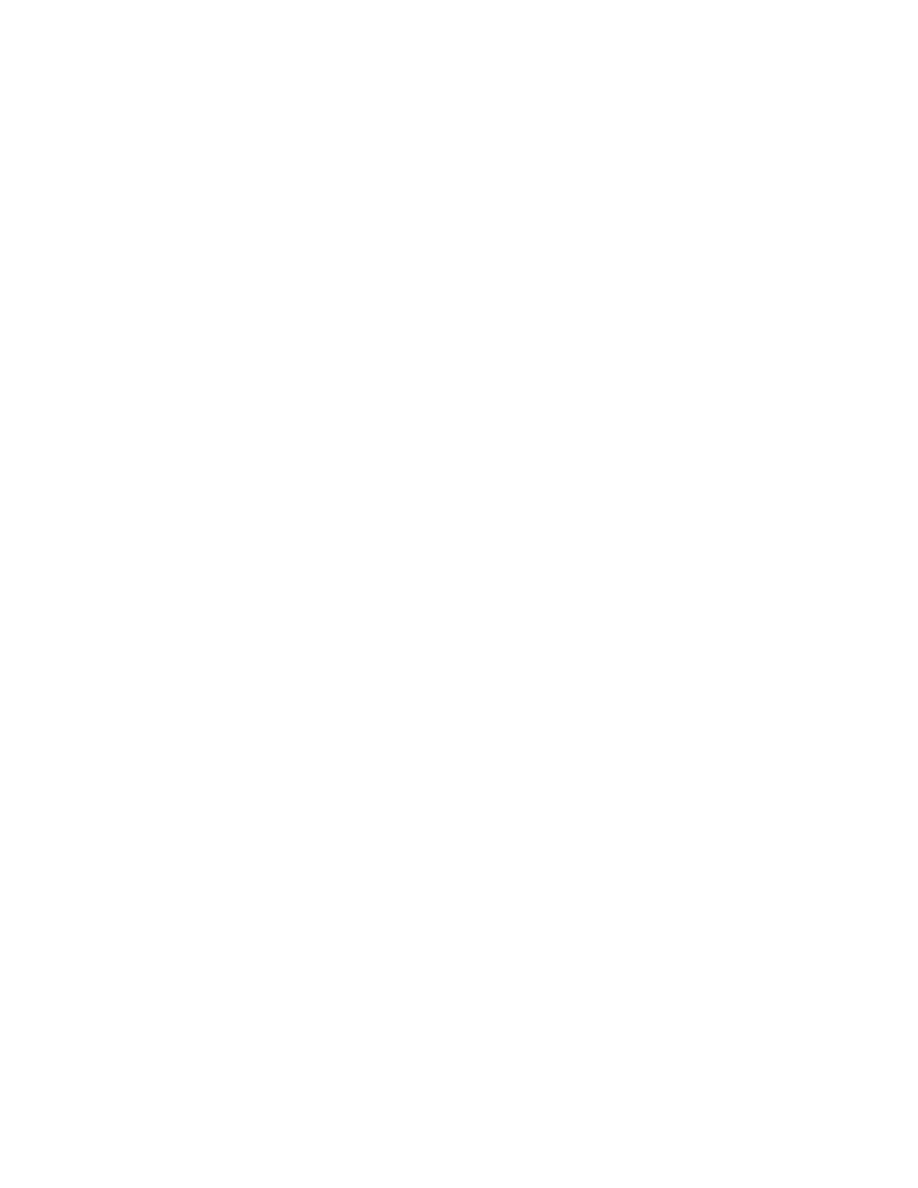
915
Federal Aviation Administration, DOT
§ 107.160
(5) The small unmanned aircraft se-
rial number or range of serial numbers
that are the subject of the declaration
of compliance;
(6) Whether the declaration of com-
pliance is an initial declaration or an
amended declaration;
(7) If the declaration of compliance is
an amended declaration, the reason for
the re-submittal;
(8) The accepted means of compliance
the applicant used to fulfill require-
ments of § 107.120(a) or § 107.130(a) or
both;
(9) A declaration that the applicant—
(i) Has demonstrated that the small
unmanned aircraft, or specific configu-
rations of that aircraft, satisfies
§ 107.120(a) or § 107.130(a) or both,
through the accepted means of compli-
ance identified in paragraph (a)(8) of
this section;
(ii) Has verified that the unmanned
aircraft does not contain any safety de-
fects;
(iii) Has satisfied § 107.120(b)(3) or
§ 107.130(b)(3), or both; and
(iv) Will, upon request, allow the Ad-
ministrator to inspect its facilities,
technical data, and any manufactured
small unmanned aircraft and witness
any tests necessary to determine com-
pliance with this subpart; and
(10) Other information as required by
the Administrator.
(b)
FAA acceptance. If the FAA deter-
mines the applicant has demonstrated
compliance with the requirements of
this subpart, it will notify the appli-
cant that it has accepted the declara-
tion of compliance.
(c)
Notification of a safety issue. Prior
to initiating rescission proceedings
pursuant to paragraphs (d)(1) through
(3) of this section, the FAA will notify
the applicant if a safety issue has been
identified for the declaration of com-
pliance.
(d)
Rescission. (1) No person may oper-
ate a small unmanned aircraft identi-
fied on a declaration of compliance
that the FAA has rescinded pursuant
to this subpart while that declaration
of compliance is rescinded.
(2) The FAA may rescind a declara-
tion of compliance if any of the fol-
lowing conditions occur:
(i) A small unmanned aircraft for
which a declaration of compliance was
accepted no longer complies with
§ 107.120(a) or § 107.130(a);
(ii) The FAA finds a declaration of
compliance is in violation of § 107.5(a);
or
(iii) The Administrator determines
an emergency exists related to safety
in accordance with the authority in 49
U.S.C. 46105.
(3) If a safety issue identified under
paragraph (c) of this section has not
been resolved, the FAA may rescind
the declaration of compliance as fol-
lows:
(i) The FAA will issue a notice pro-
posing to rescind the declaration of
compliance. The notice will set forth
the Agency’s basis for the proposed re-
scission and provide the holder of the
declaration of compliance with 30 cal-
endar days from the date of issuance of
the proposed notice to submit evi-
dentiary information to refute the pro-
posed notice.
(ii) The holder of the declaration of
compliance must submit information
demonstrating how the small un-
manned aircraft meets the require-
ments of this subpart within 30 cal-
endar days from the date of issuance of
the proposed notice.
(iii) If the FAA does not receive the
information required by paragraph
(d)(3)(ii) of this section within 30 cal-
endar days from the date of the
issuance of the proposed notice, the
FAA will issue a notice rescinding the
declaration of compliance.
(4) If the Administrator determines
that an emergency exists in accordance
with paragraph (d)(2)(iii) of this sec-
tion, the FAA will exercise its author-
ity under 49 U.S.C. 46105(c) to issue an
order rescinding a declaration of com-
pliance without initiating the process
in paragraph (d)(3) of this section.
(e)
Petition to reconsider the rescission
of a declaration of compliance. A person
subject to an order of rescission under
paragraph (d)(3) of this section may pe-
tition the FAA to reconsider the rescis-
sion of a declaration of compliance by
submitting a request to the FAA in a
manner specified by the Administrator
within 60 days of the date of issuance
of the rescission.
(1) A petition to reconsider the re-
scission of a declaration of compliance
VerDate Sep<11>2014
14:00 Mar 14, 2024
Jkt 262047
PO 00000
Frm 00925
Fmt 8010
Sfmt 8010
Q:\14\14V2.TXT
PC31
aworley on LAPBH6H6L3 with DISTILLER
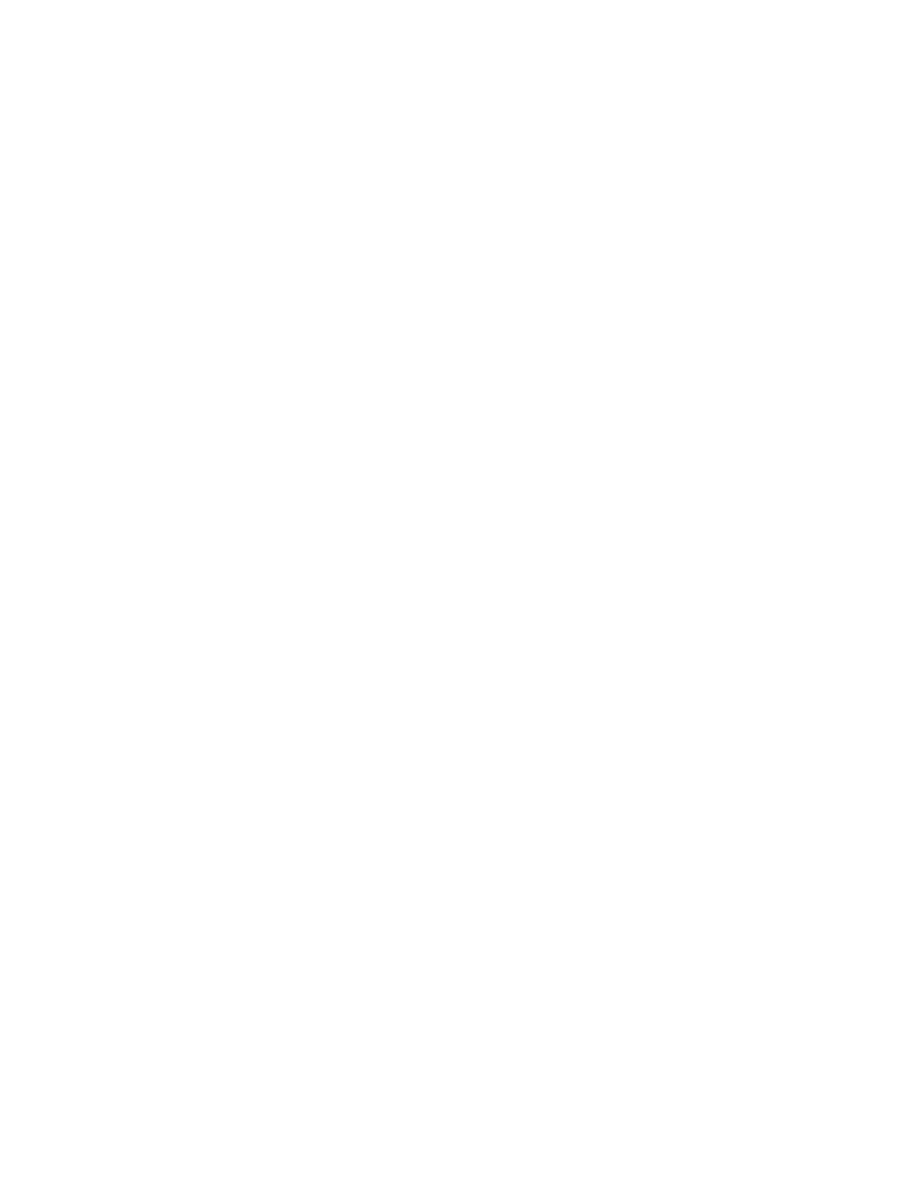
916
14 CFR Ch. I (1–1–24 Edition)
§ 107.165
must demonstrate at least one of the
following:
(i) A material fact that was not
present in the original response to the
notification of the safety issue and an
explanation for why it was not present
in the original response;
(ii) The FAA made a material factual
error in the decision to rescind the dec-
laration of compliance; or
(iii) The FAA did not correctly inter-
pret a law, regulation, or precedent.
(2) Upon consideration of the infor-
mation submitted under paragraph
(e)(1) of this section, the FAA will issue
a notice either affirming the rescission
or withdrawing the rescission.
(f)
Inapplicability of part 13, subpart D,
of this chapter. Part 13, subpart D, of
this chapter does not apply to the pro-
cedures of paragraphs (d) and (e) of this
section.
§ 107.165
Record retention.
(a) A person who submits a declara-
tion of compliance under this subpart
must retain and make available to the
Administrator, upon request, the infor-
mation described in paragraph (a)(1) of
this section for the period of time de-
scribed in paragraph (a)(2) of this sec-
tion.
(1) All supporting information used
to demonstrate the small unmanned
aircraft meets the requirements of
§§ 107.120(a), for operations in Category
2, and 107.130(a), for operations in Cat-
egory 3.
(2) The following time periods apply:
(i) If the person who submits a dec-
laration of compliance produces a
small unmanned aircraft, that person
must retain the information described
in paragraph (a)(1) of this section for
two years after the cessation of produc-
tion of the small unmanned aircraft
system for which the person declared
compliance.
(ii) If the person who submits a dec-
laration of compliance designs or modi-
fies a small unmanned aircraft, that
person must retain the information de-
scribed in paragraph (a)(1) of this sec-
tion for two years after the person sub-
mitted the declaration of compliance.
(b) A person who submits a means of
compliance under this subpart must re-
tain and make available to the Admin-
istrator, upon request, and for as long
as the means of compliance remains
accepted, the detailed description of
the means of compliance and justifica-
tion showing how the means of compli-
ance meets the requirements of
§§ 107.120(a), for operations in Category
2, and 107.130(a), for operations in Cat-
egory 3.
Subpart E—Waivers
§ 107.200
Waiver policy and require-
ments.
(a) The Administrator may issue a
certificate of waiver authorizing a de-
viation from any regulation specified
in § 107.205 if the Administrator finds
that a proposed small UAS operation
can safely be conducted under the
terms of that certificate of waiver.
(b) A request for a certificate of waiv-
er must contain a complete description
of the proposed operation and justifica-
tion that establishes that the oper-
ation can safely be conducted under
the terms of a certificate of waiver.
(c) The Administrator may prescribe
additional limitations that the Admin-
istrator considers necessary.
(d) A person who receives a certifi-
cate of waiver issued under this sec-
tion:
(1) May deviate from the regulations
of this part to the extent specified in
the certificate of waiver; and
(2) Must comply with any conditions
or limitations that are specified in the
certificate of waiver.
§ 107.205
List of regulations subject to
waiver.
A certificate of waiver issued pursu-
ant to § 107.200 may authorize a devi-
ation from the following regulations of
this part:
(a) Section 107.25—Operation from a
moving vehicle or aircraft. However, no
waiver of this provision will be issued
to allow the carriage of property of an-
other by aircraft for compensation or
hire.
(b) Section 107.29(a)(2) and (b)—Anti-
collision light required for operations
at night and during periods of civil twi-
light.
(c) Section 107.31—Visual line of sight
aircraft operation. However, no waiver
of this provision will be issued to allow
VerDate Sep<11>2014
14:00 Mar 14, 2024
Jkt 262047
PO 00000
Frm 00926
Fmt 8010
Sfmt 8010
Q:\14\14V2.TXT
PC31
aworley on LAPBH6H6L3 with DISTILLER
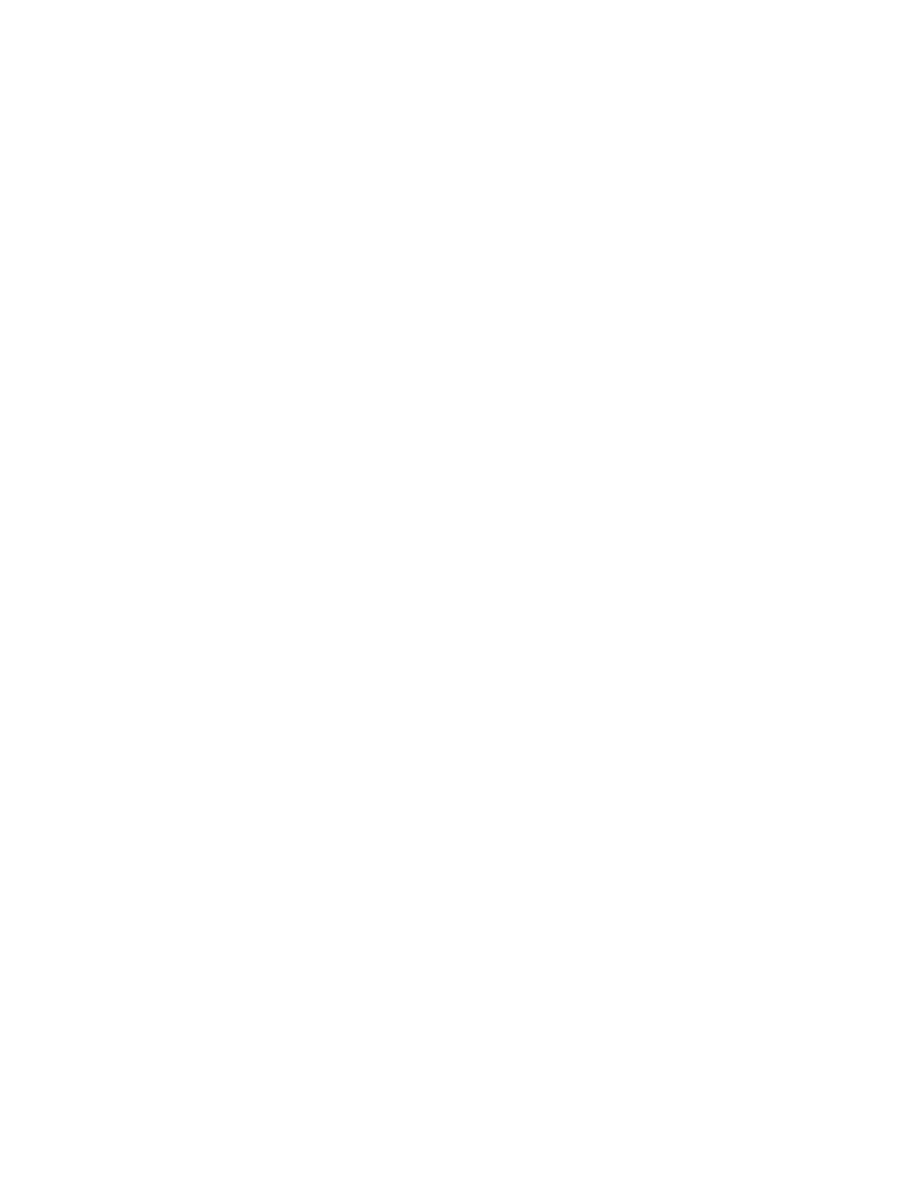
917
Federal Aviation Administration, DOT
§ 107.205
the carriage of property of another by
aircraft for compensation or hire.
(d) Section 107.33—Visual observer.
(e) Section 107.35—Operation of mul-
tiple small unmanned aircraft systems.
(f) Section 107.37(a)—Yielding the
right of way.
(g) Section 107.39—Operation over
people.
(h) Section 107.41—Operation in cer-
tain airspace.
(i) Section 107.51—Operating limita-
tions for small unmanned aircraft.
(j) Section 107.145—Operations over
moving vehicles.
[Docket FAA–2015–0150, Amdt. 107–1, 81 FR
42209, June 28, 2016, as amended by Amdt. No.
107–8, 86 FR 4387, Jan. 15, 2021]
PARTS 108–109
[
RESERVED
]
VerDate Sep<11>2014
14:00 Mar 14, 2024
Jkt 262047
PO 00000
Frm 00927
Fmt 8010
Sfmt 8006
Q:\14\14V2.TXT
PC31
aworley on LAPBH6H6L3 with DISTILLER

















